|
I am a member of PatternReview.com. If you don't know about it, you might want to check it out. Members write reviews of patterns and sewing machines. There are occasional fun competitions, it is a great place to buy all brands of patterns and, if you choose, a daily email is sent with updates of all these things along with a discussion board. I look at it everyday. And yesterday someone wrote with questions about where to buy Oak Tag for making patterns. There seemed to be a lot of confusion about what it really is. So I thought I would talk about a variety of paper used for making patterns and why.
|
Oak Tag is also called Tag Board or Manila.
It is similar to the paper used to make a manila folder, but a bit lighter in weight. It is not the same as poster board. |
|
In professional sample rooms it is used to make slopers or any other pattern that is going to used again and again. Since it is too thick to pin through, an Oak Tag pattern must be held down with weights and then traced around. When tracing onto fabric, you probably wouldn't use a Sharpie! A pencil or fabric marker are good choices, depending.
These patterns are almost always stored on a rack ... |
like the photo above ... by punching a large hole near one corner ...
|
and using one of these hangers.
|
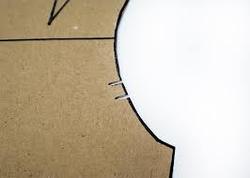
With either Oak Tag or Kraft paper a notcher is really needed. The pattern above is a good example of all the places notches are used. Note that that pattern above has no seam allowance. Couture and a lot of professional costumes are made using patterns like this. Tracing the pattern onto the fabric gives exact stitching lines. The seam allowances need to be added on after tracing and then the piece is cut out.
|
|
|
|
|
|
I use poster paper or lightweight drawing paper for almost all the drafting I do. It is similar in weight to Dot Paper, but cheaper and actually I don't like all those dots. You really don't need them if you have a good L-Square ruler.
|
|
|
$9 for one roll ...
Be sure to get the smooth kind. |
$41 for a dozen ... go in with some friends and save money.
|
Now I know there are other things people use to make patterns ... Swedish Tracing paper and other sewable materials. But I don't use them, so don't feel I should comment. Please let me know if you use any of these things and what you think of them.
Having rolls of various kinds of paper around can be useful for other things, too.
And that Medical Exam paper is good for SO much stuff! I crumple it up for packing material and cut nice even sheets to use inside gift boxes. No one will ever know.
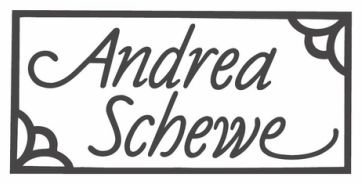
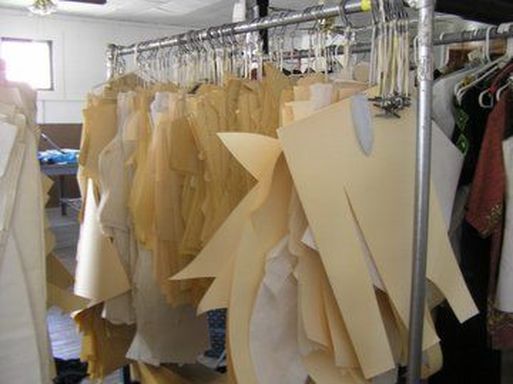
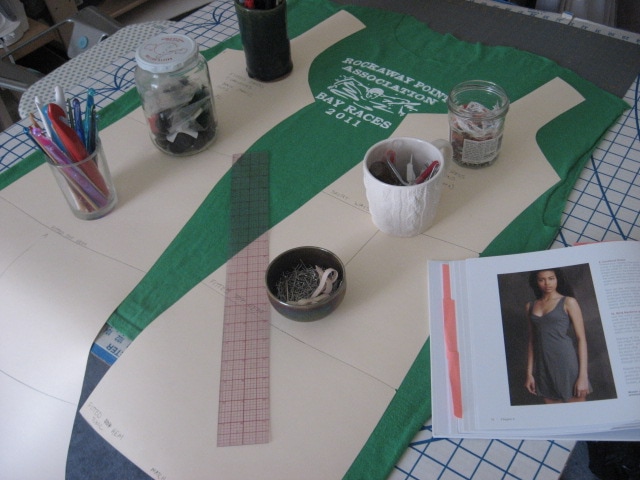
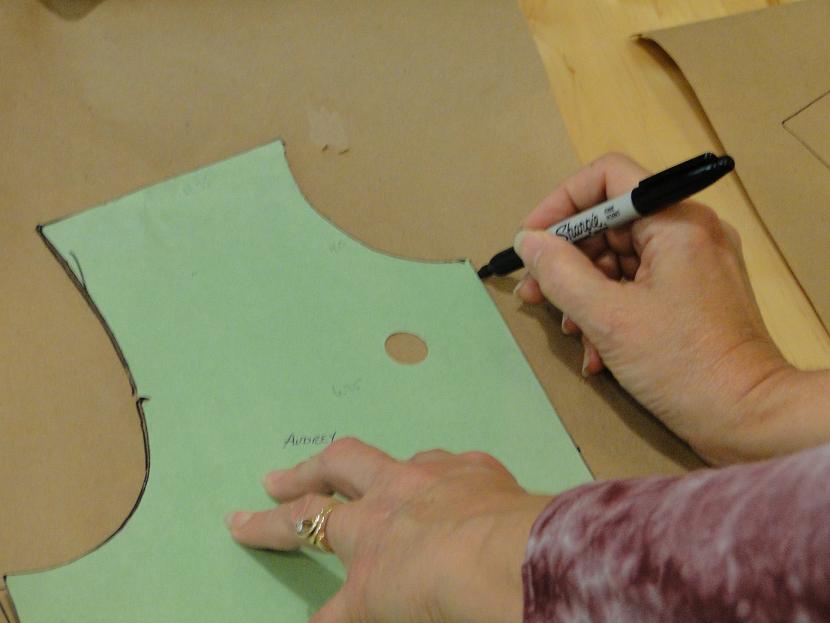
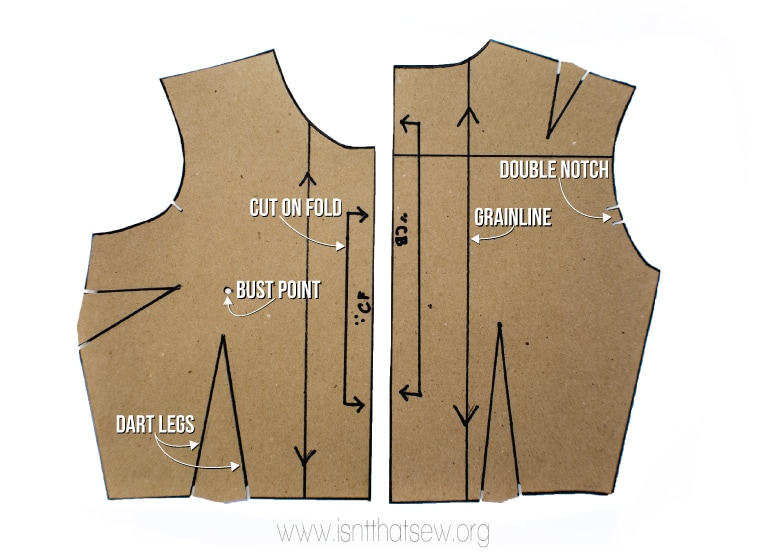
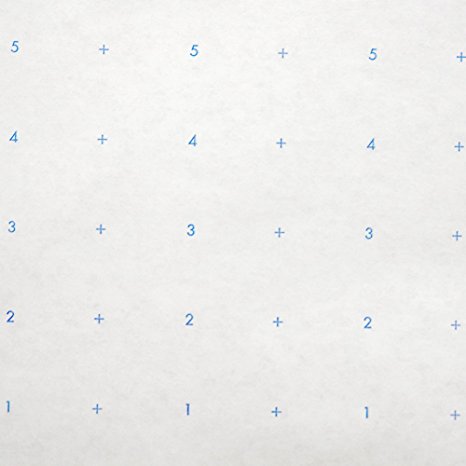
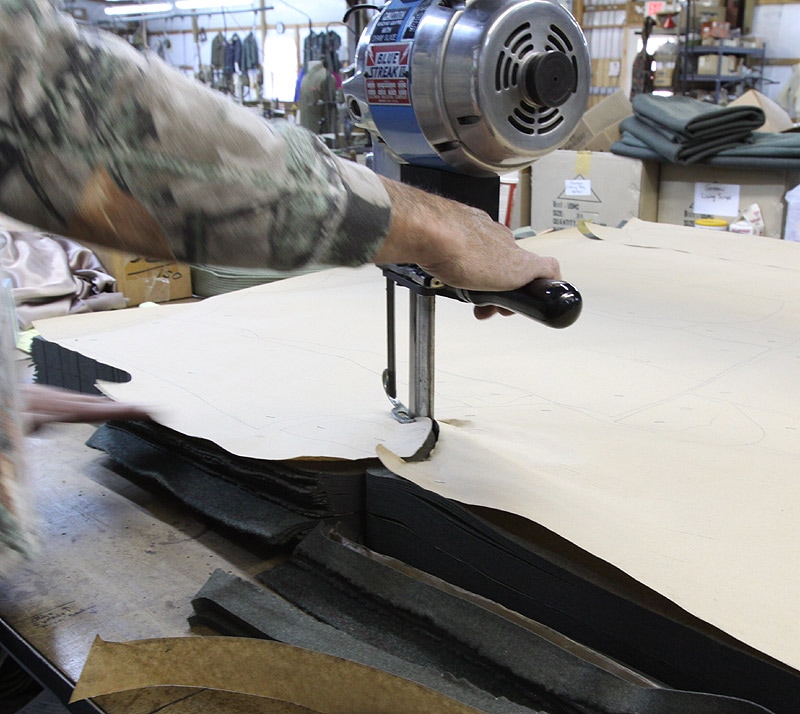
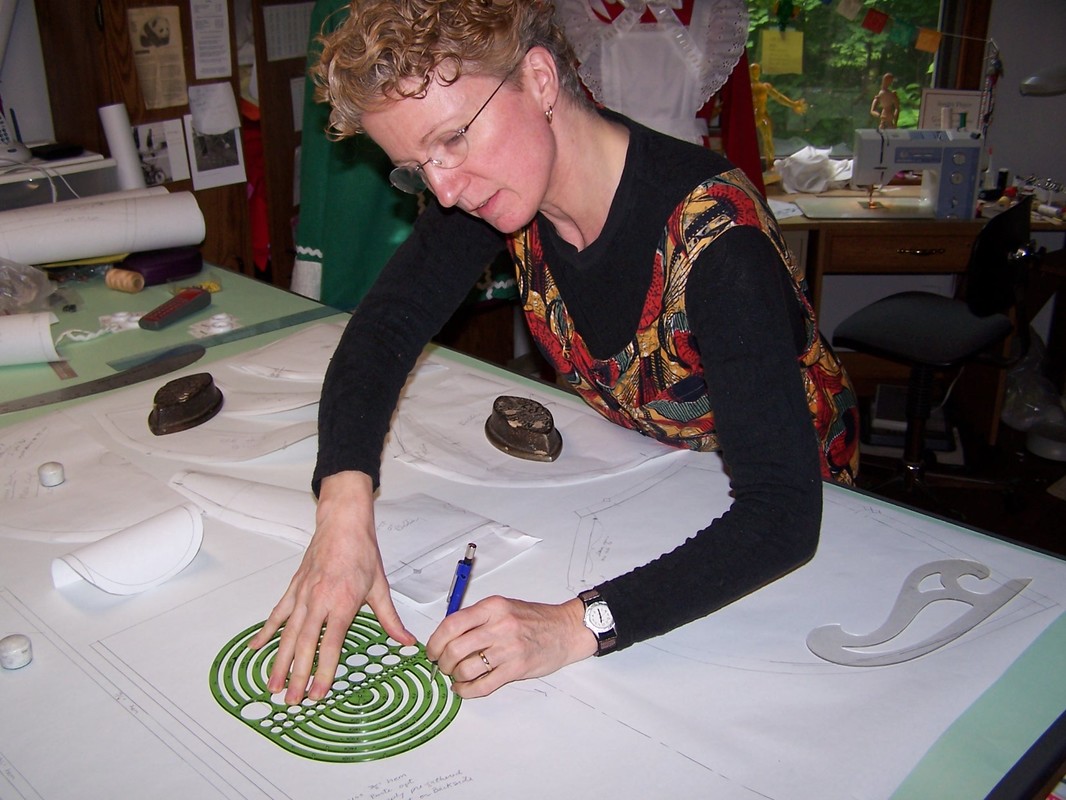
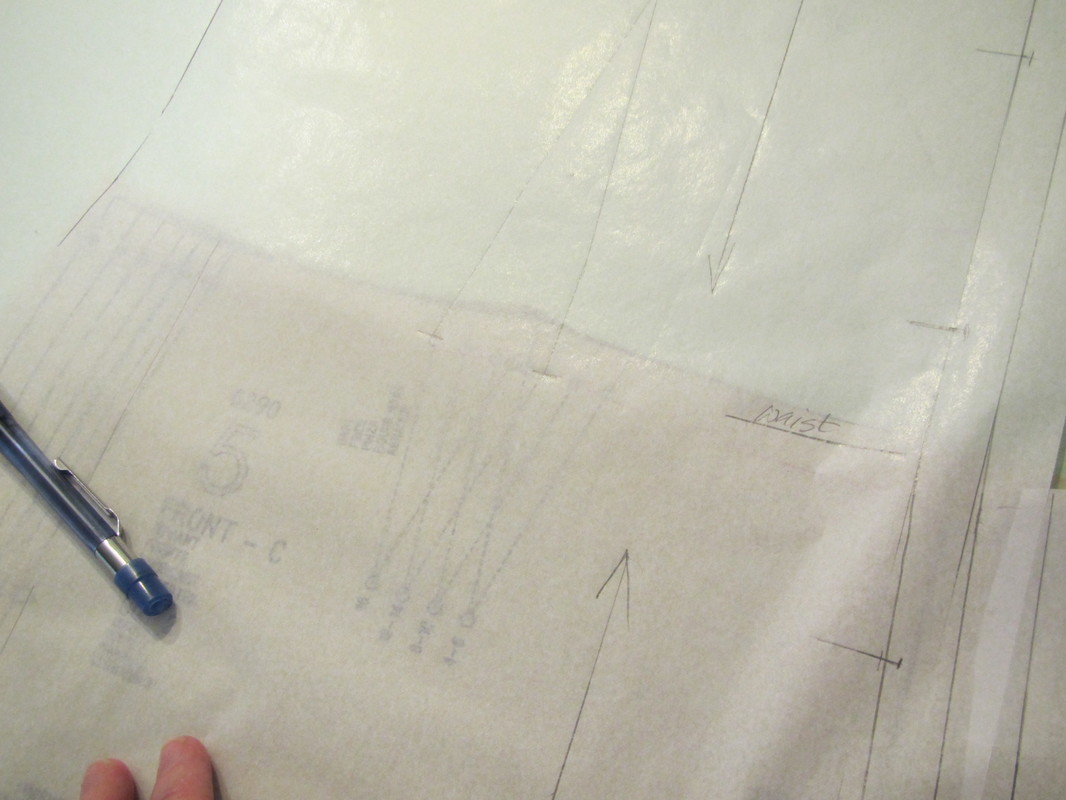
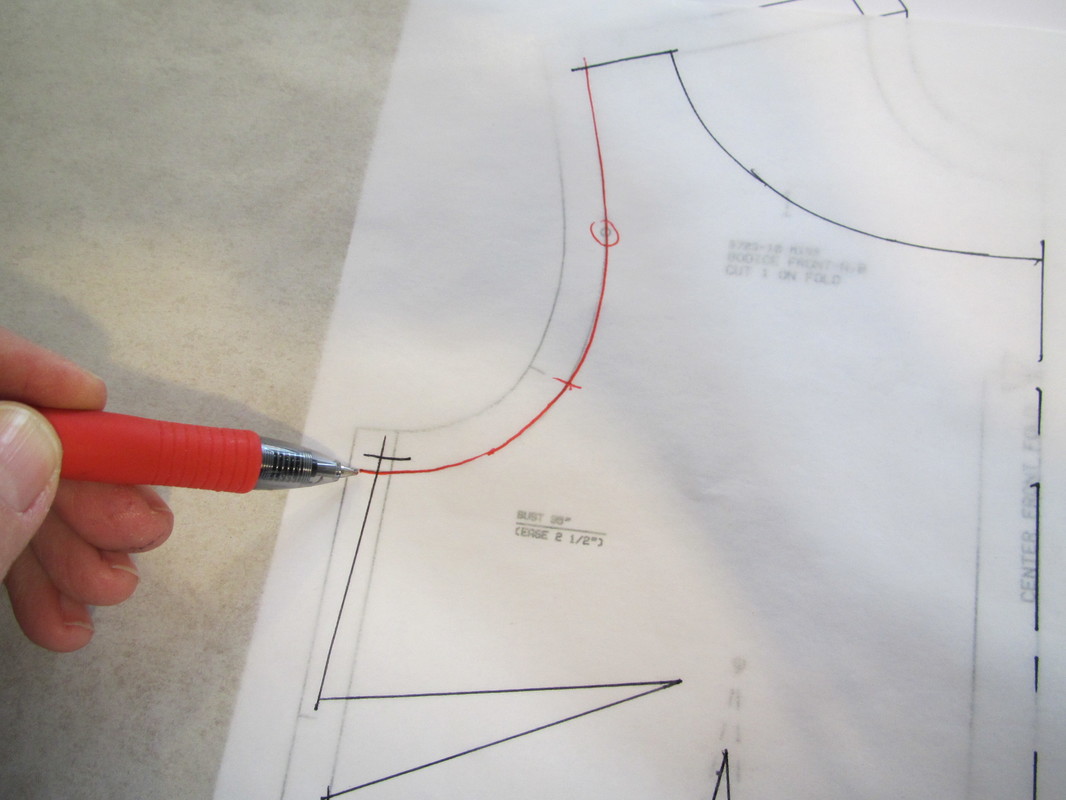
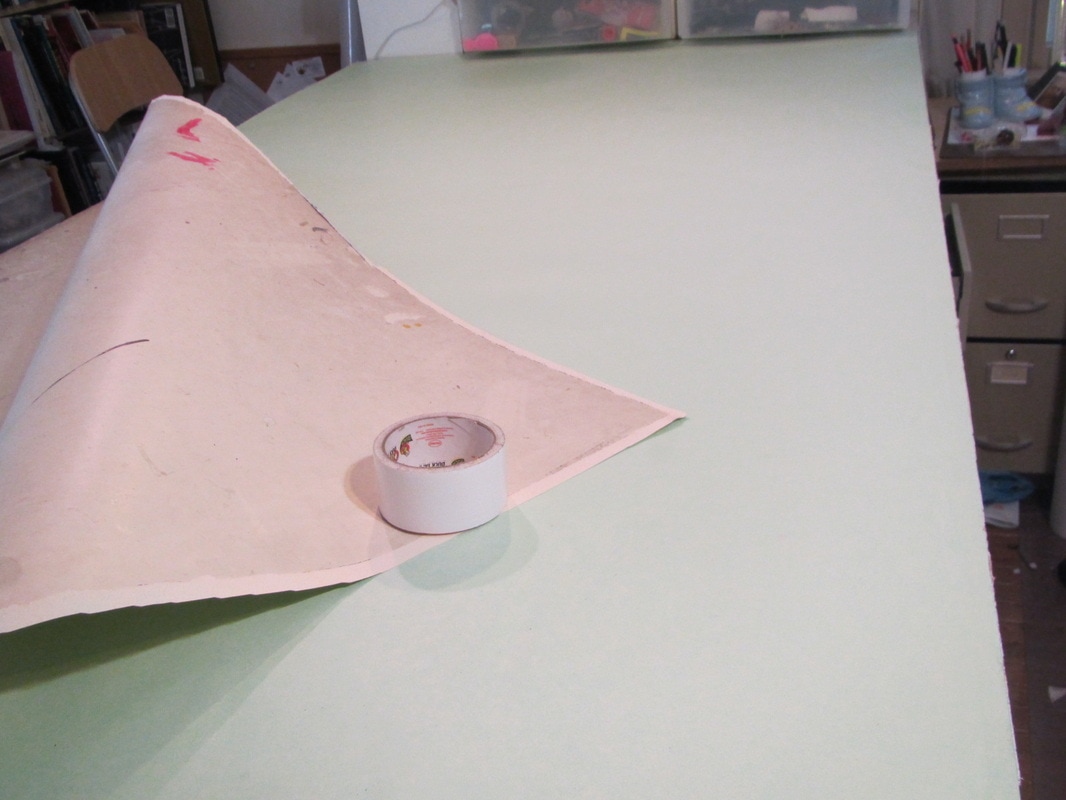
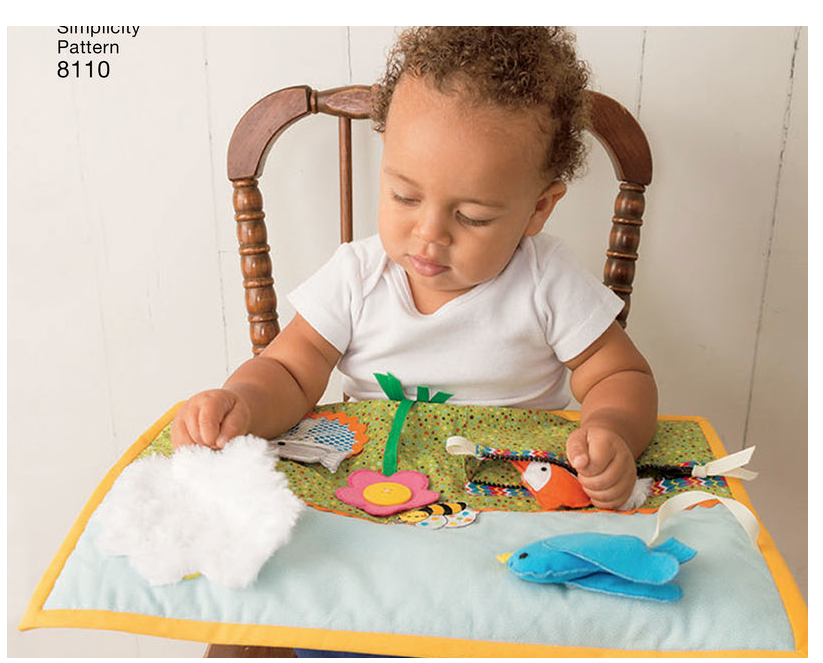
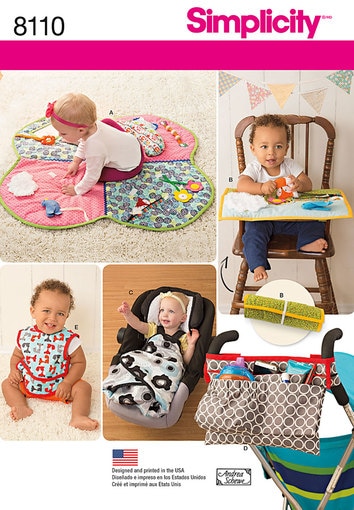
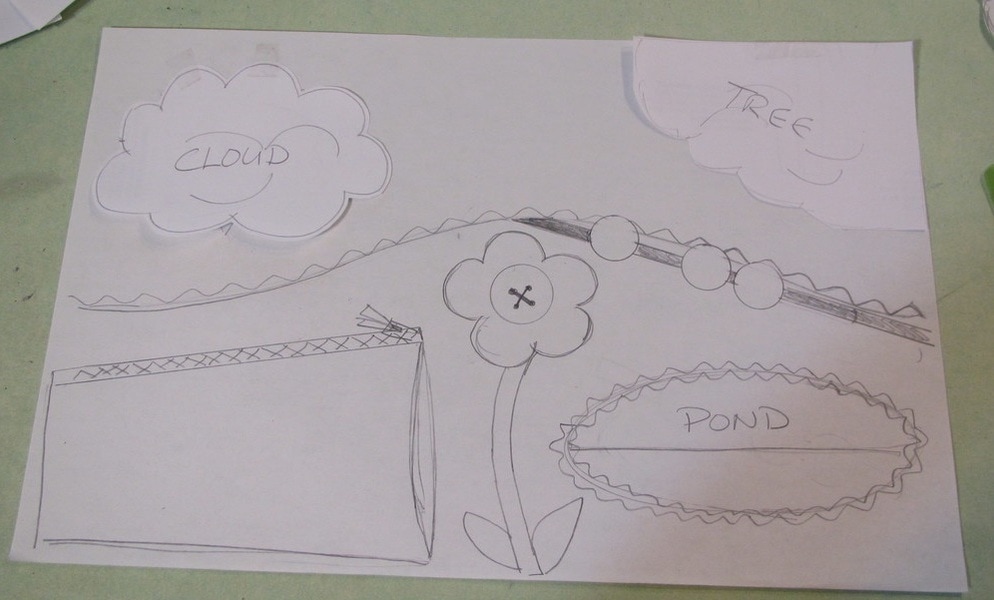
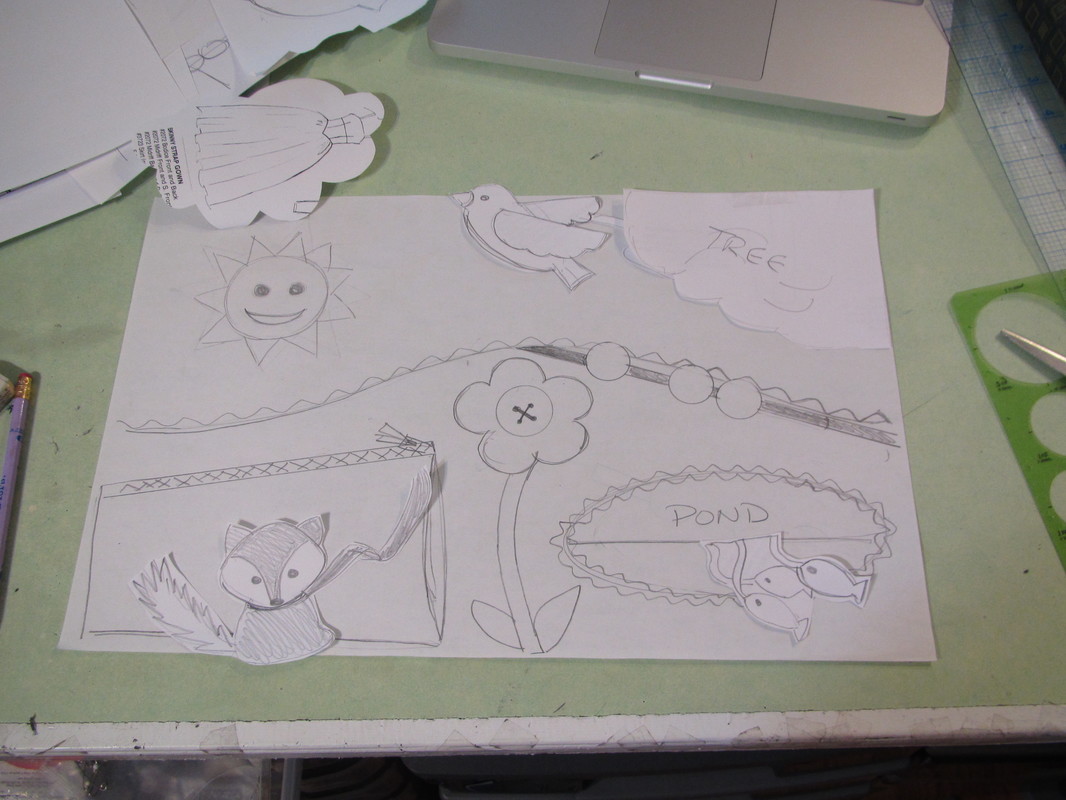
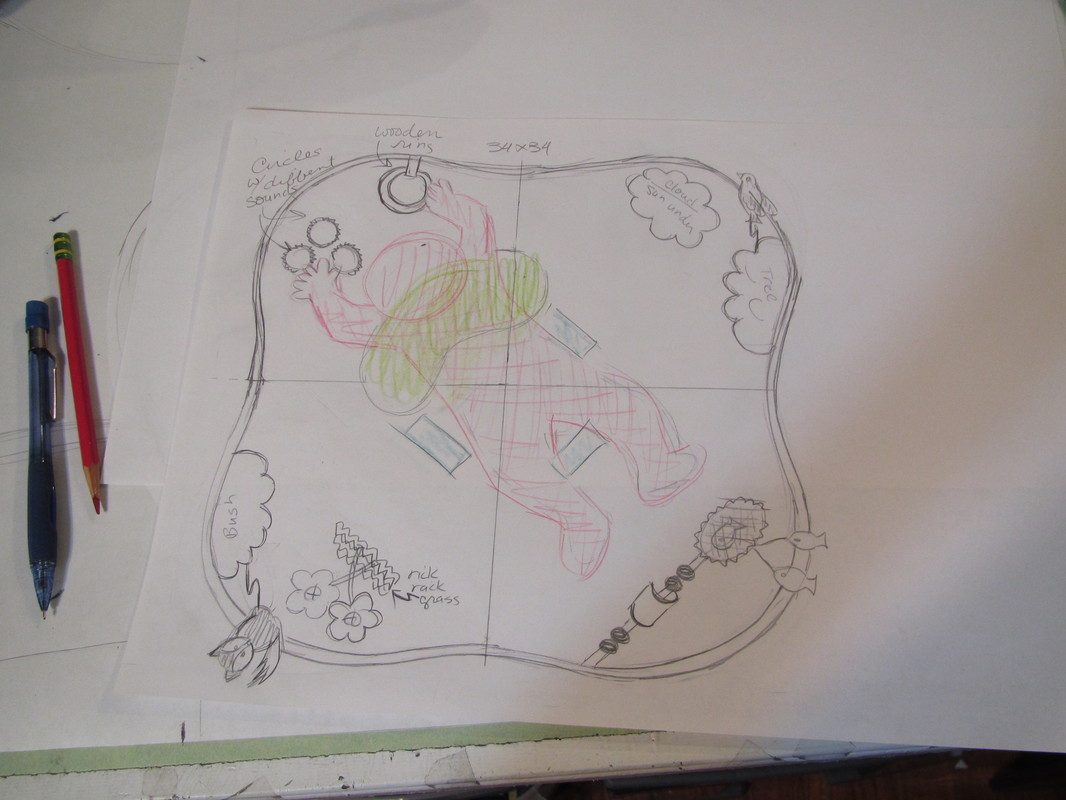
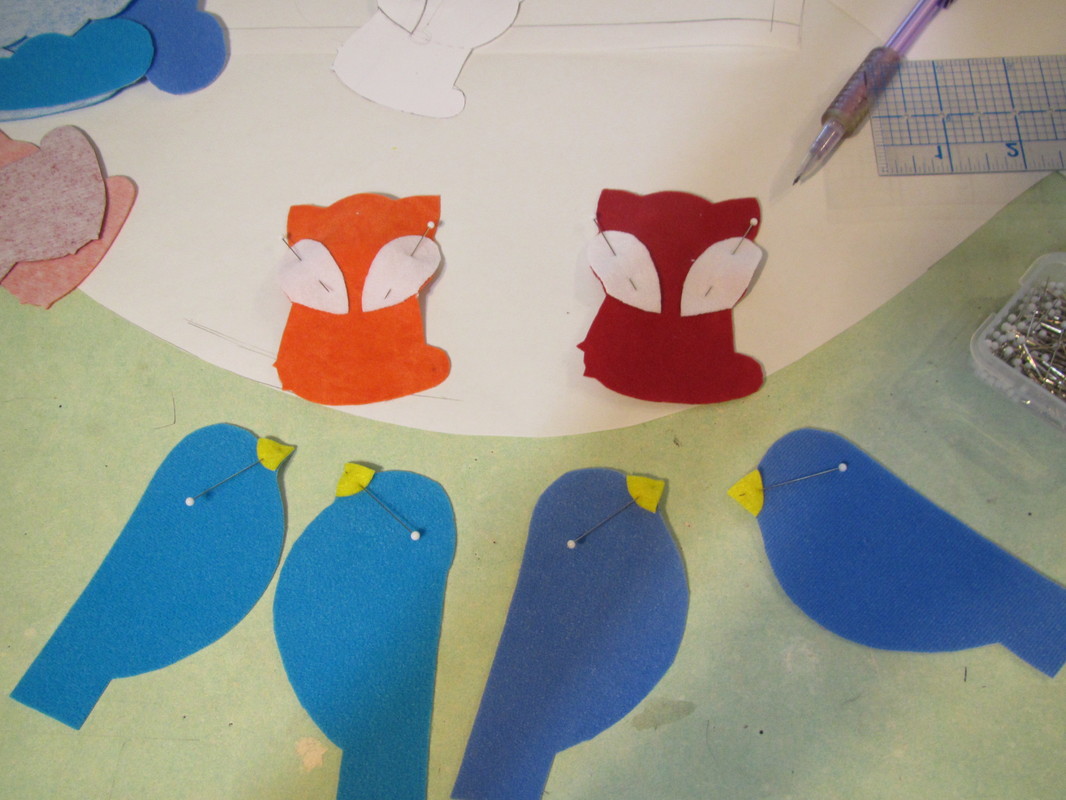
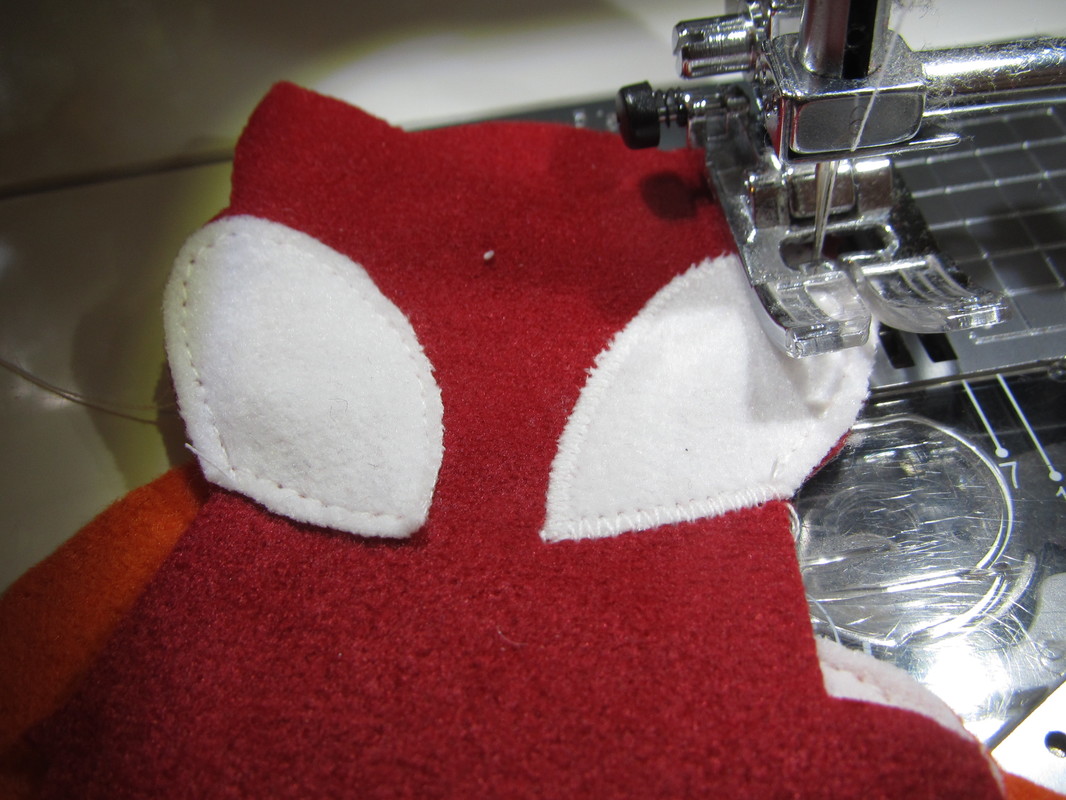
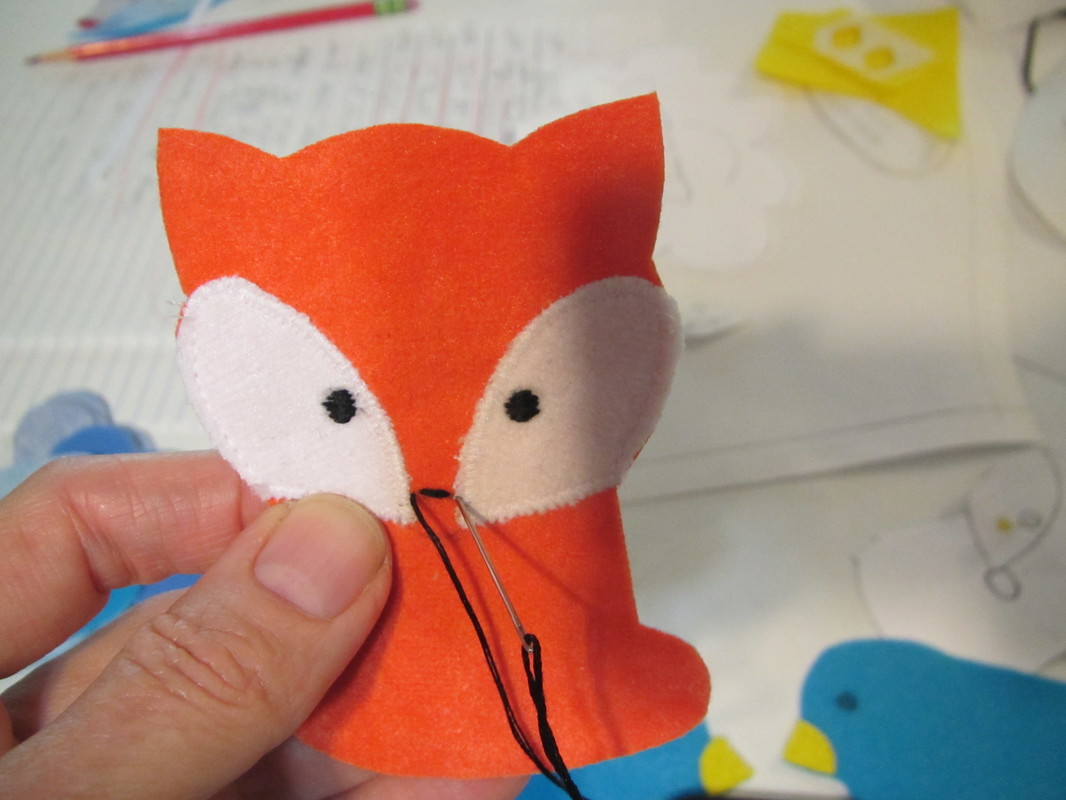
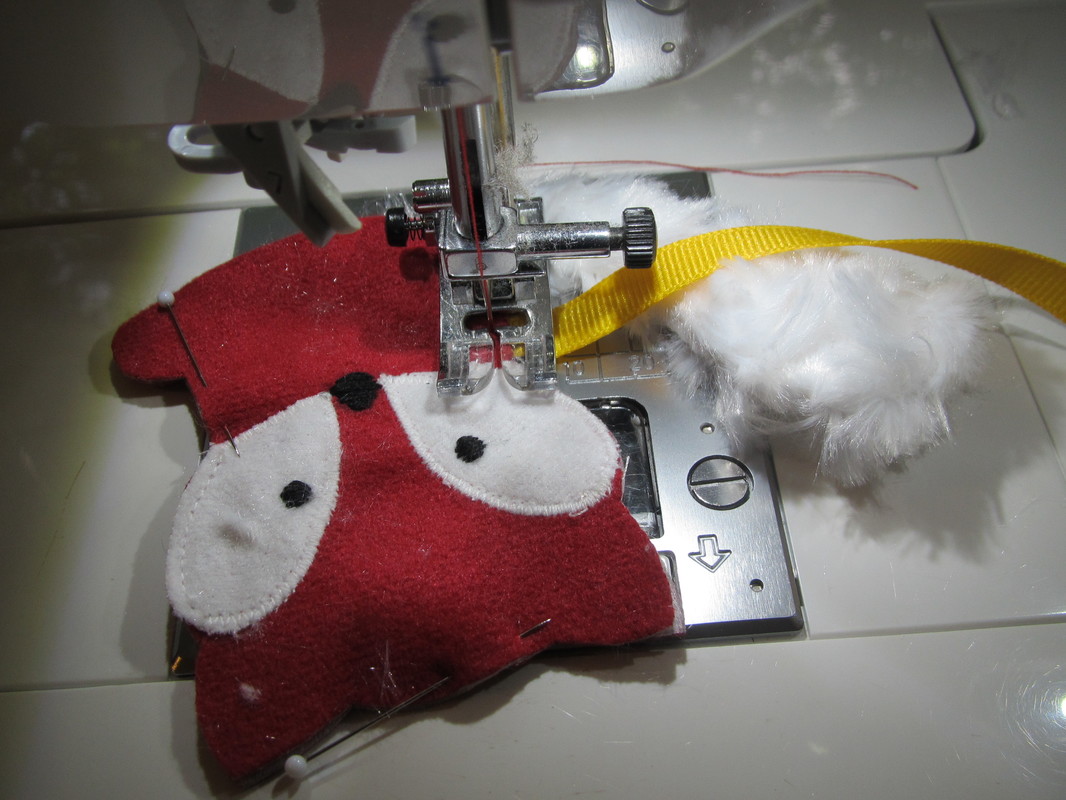
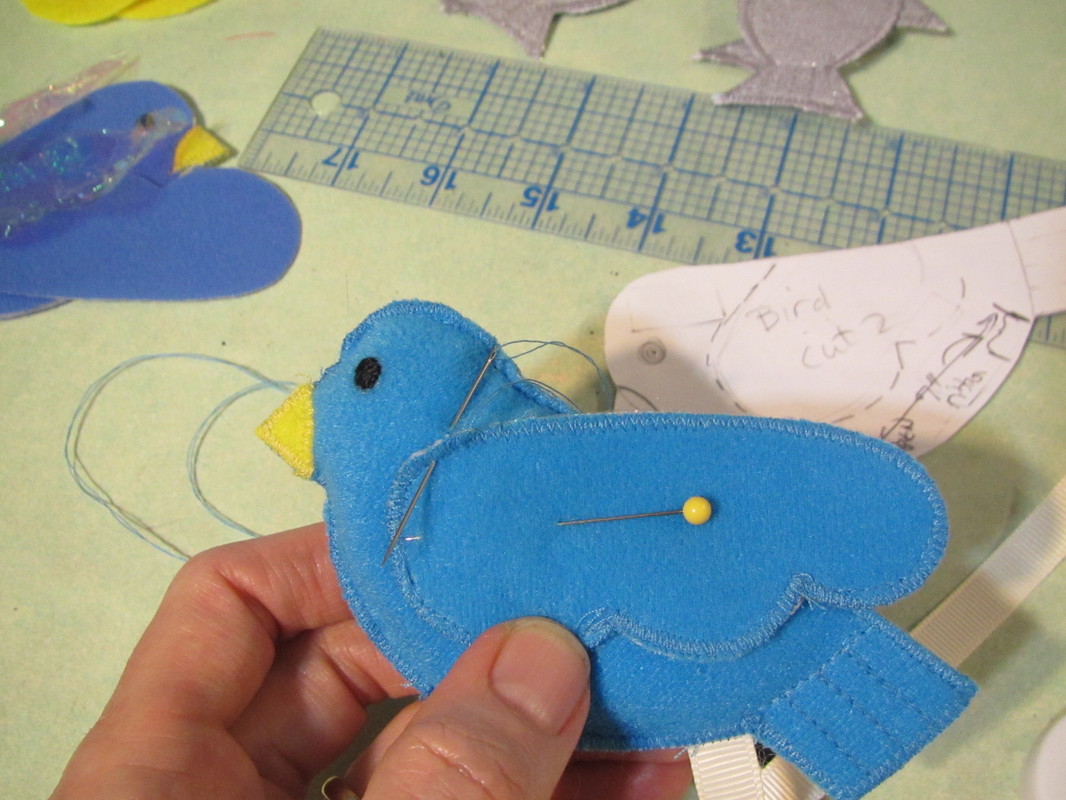
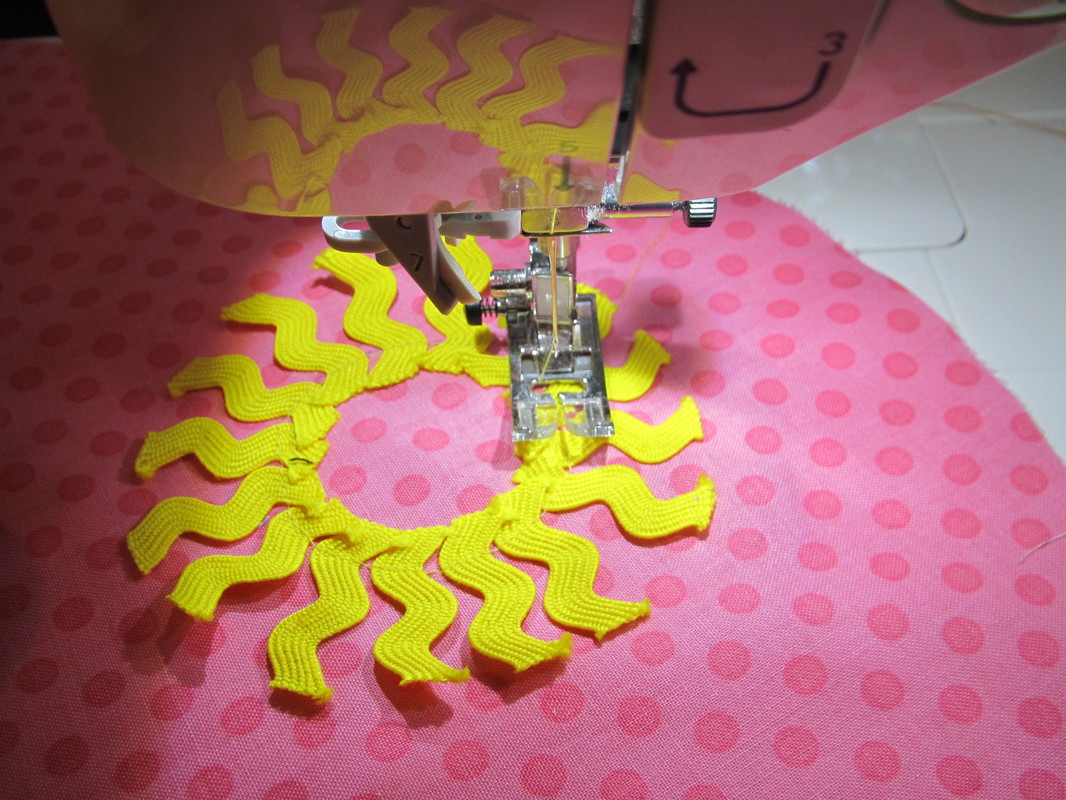
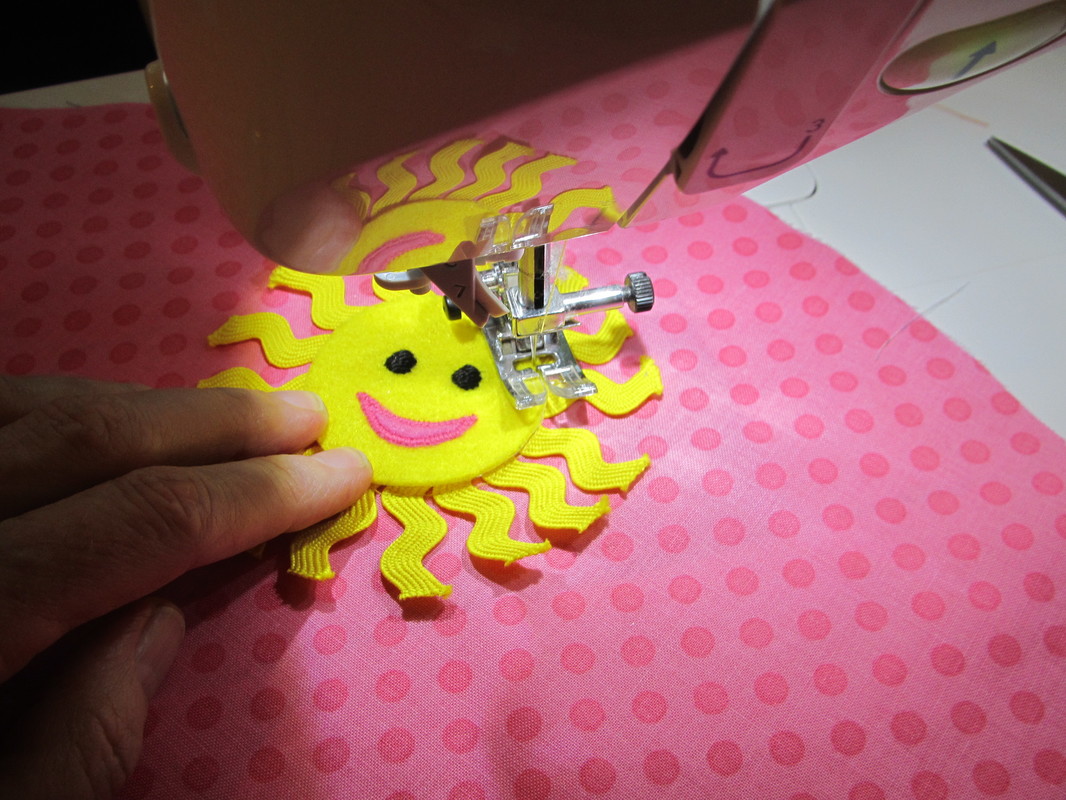
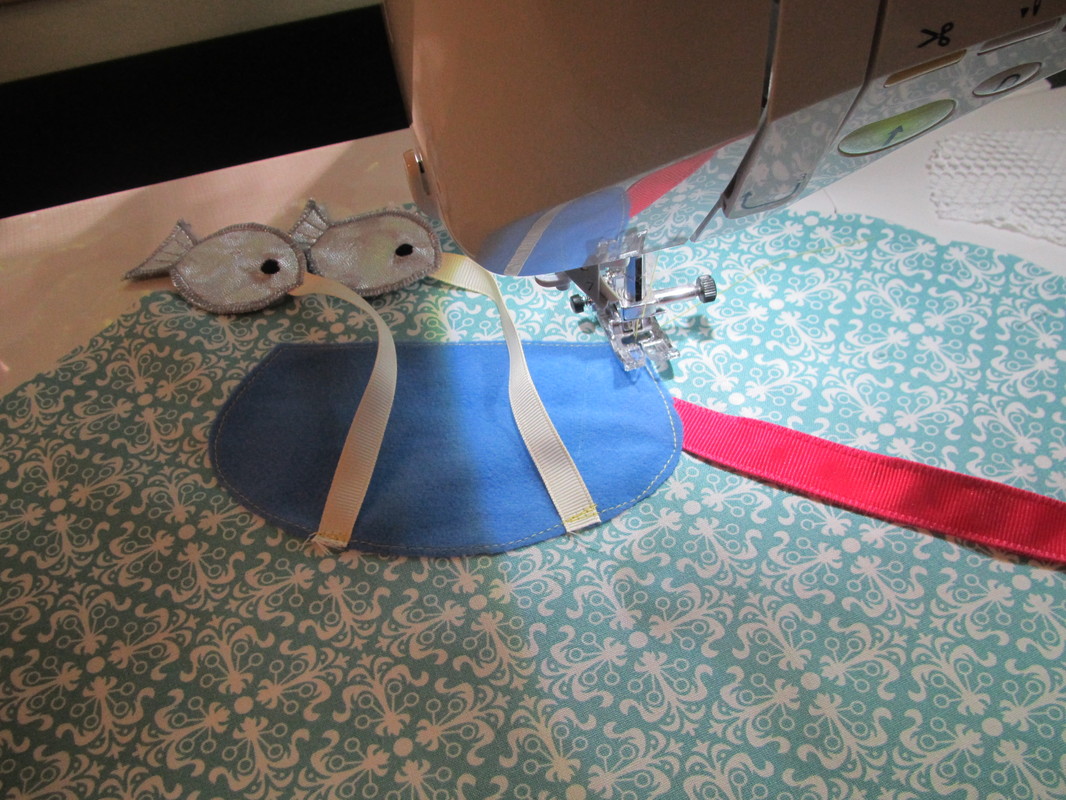
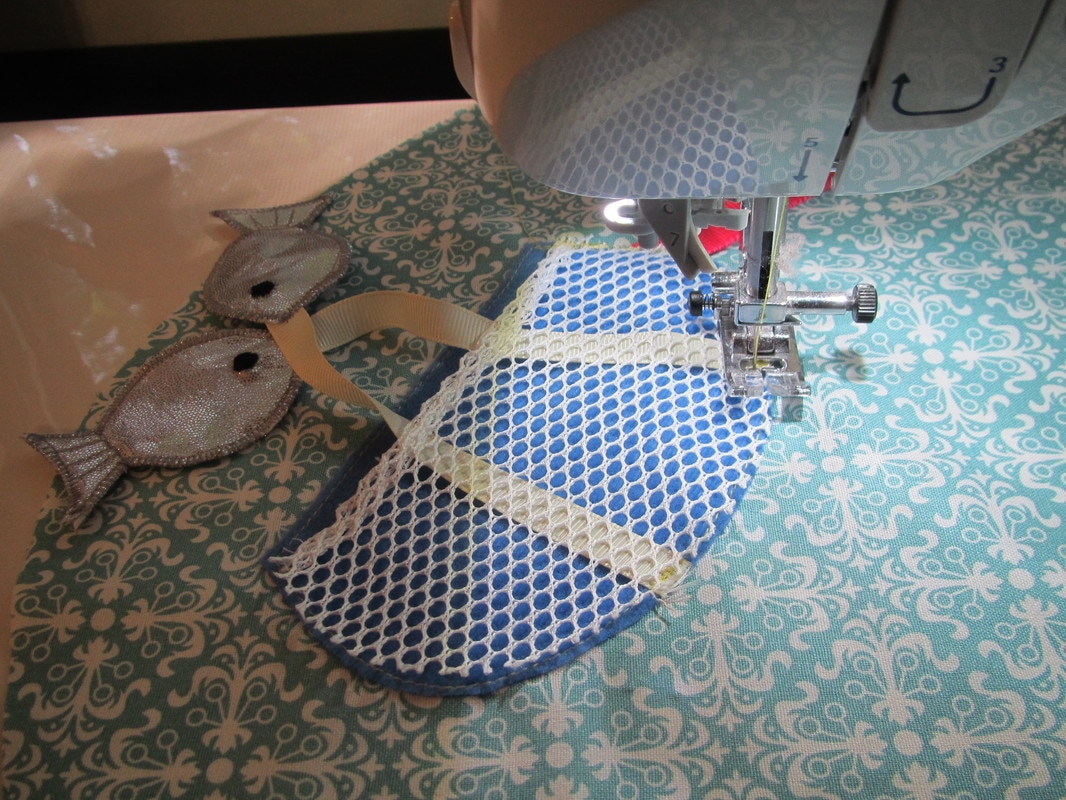
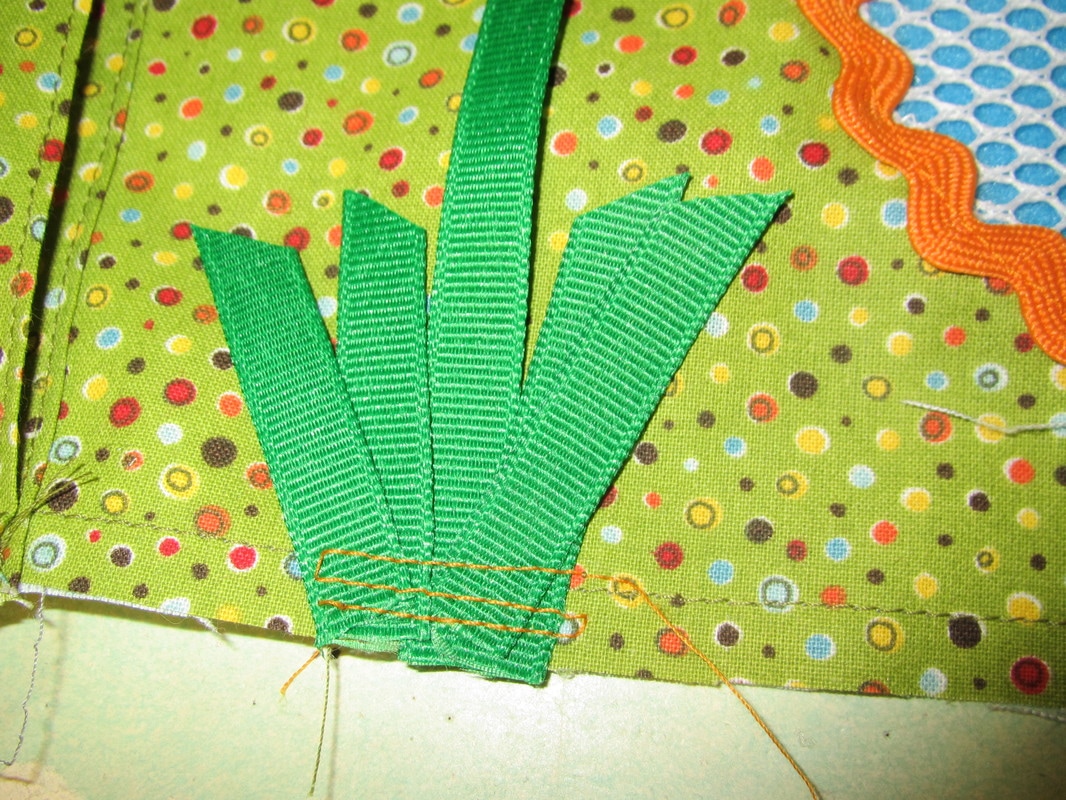
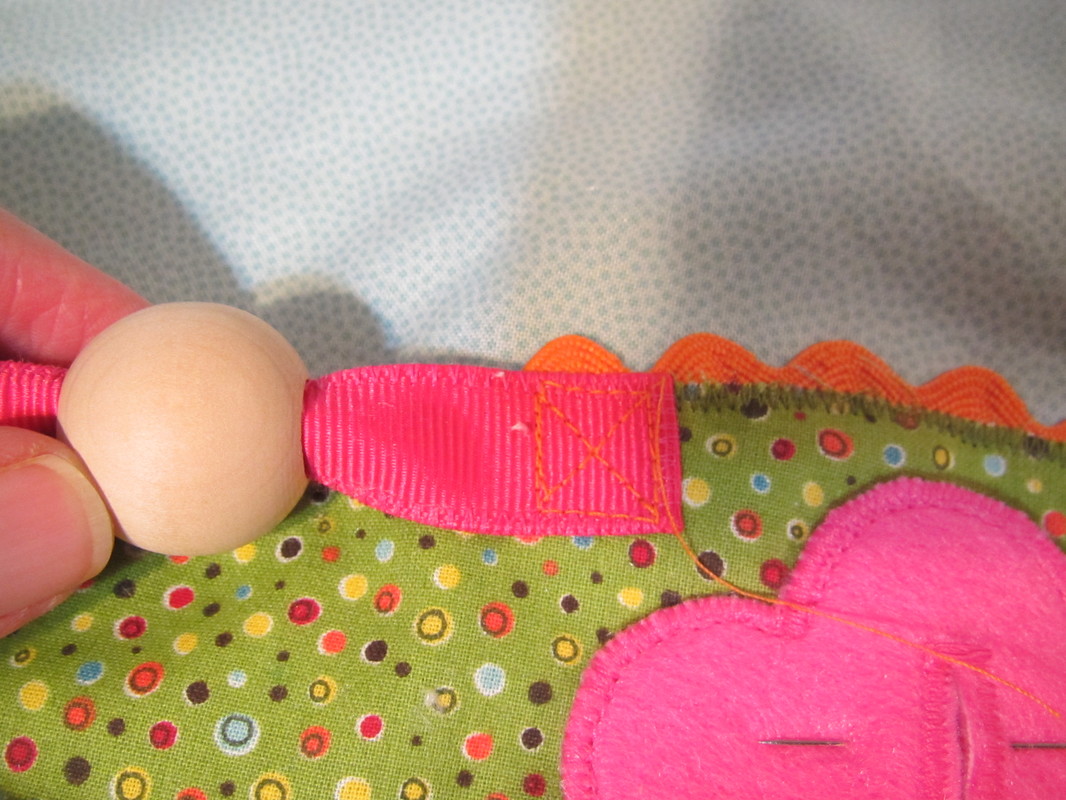

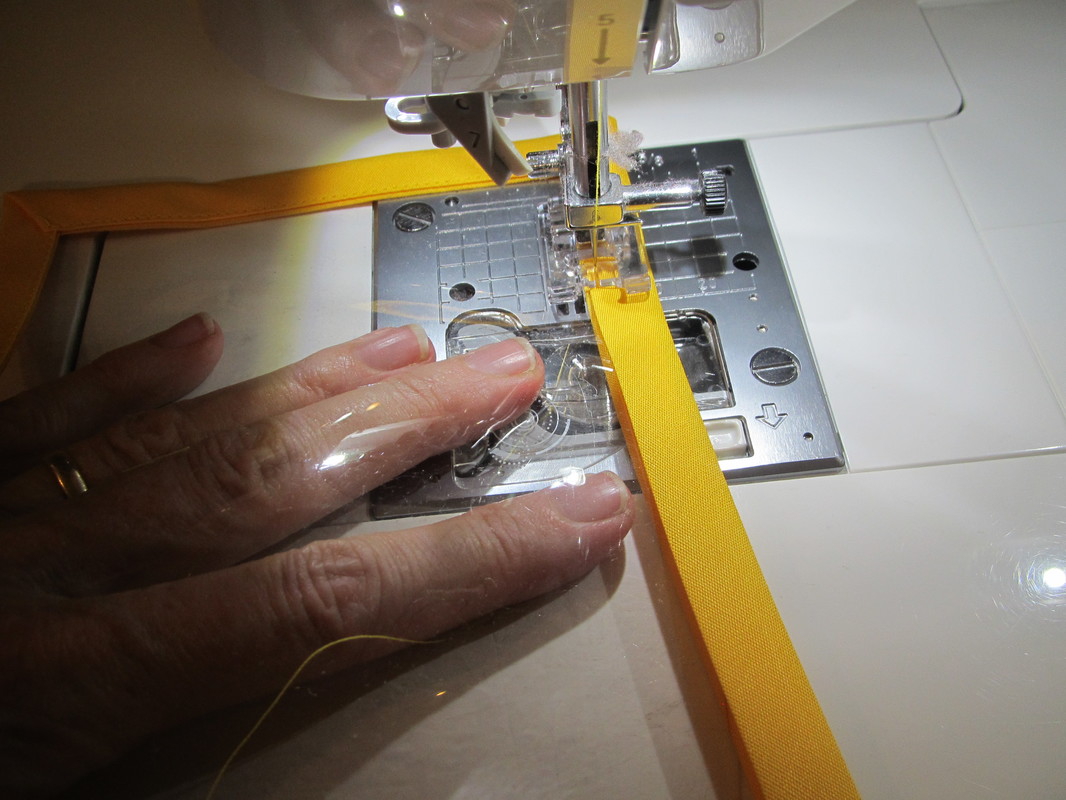
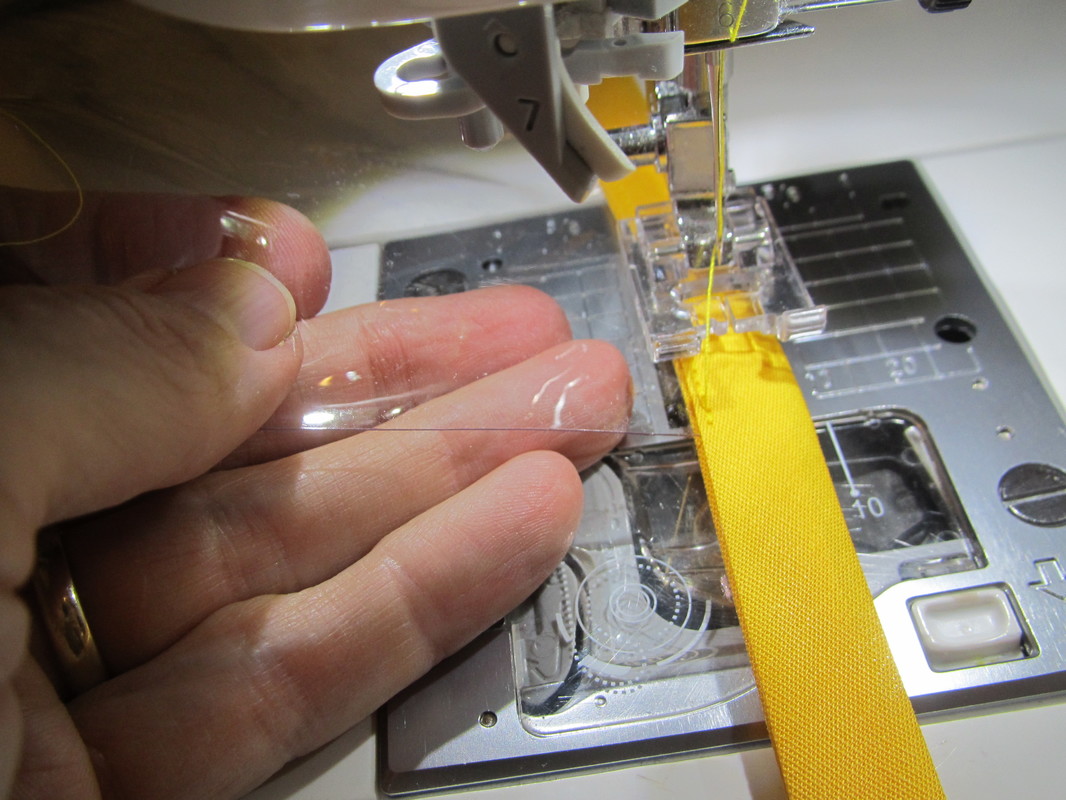
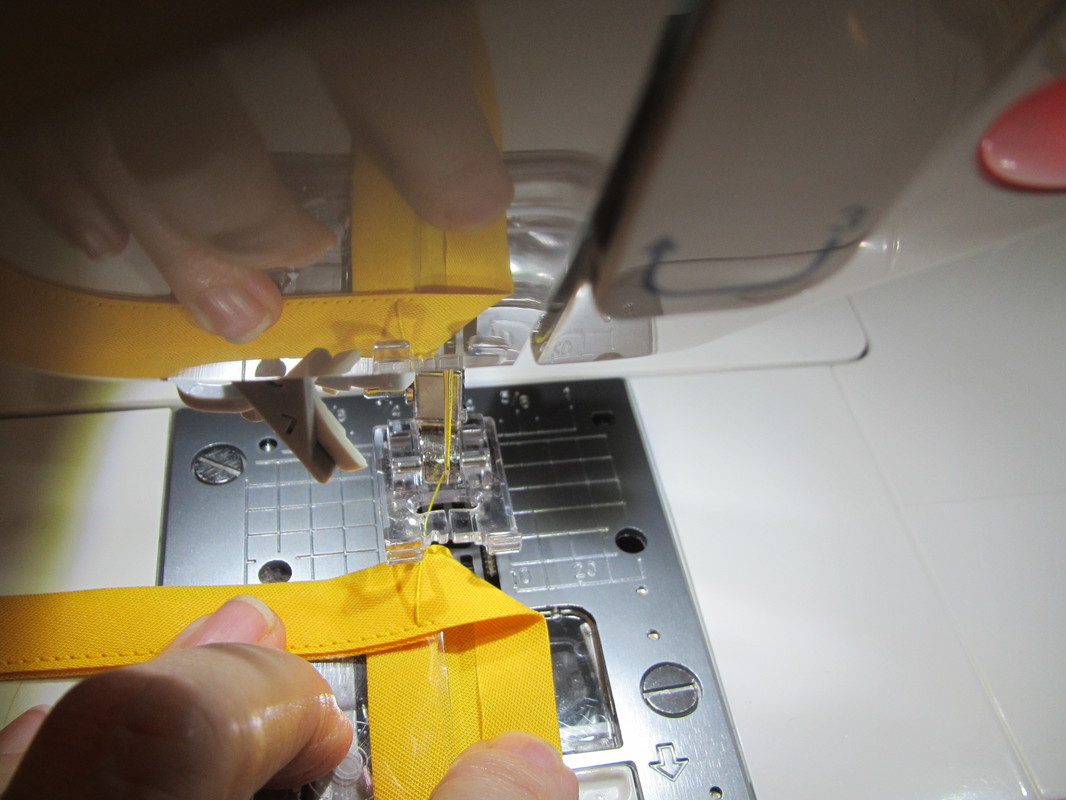
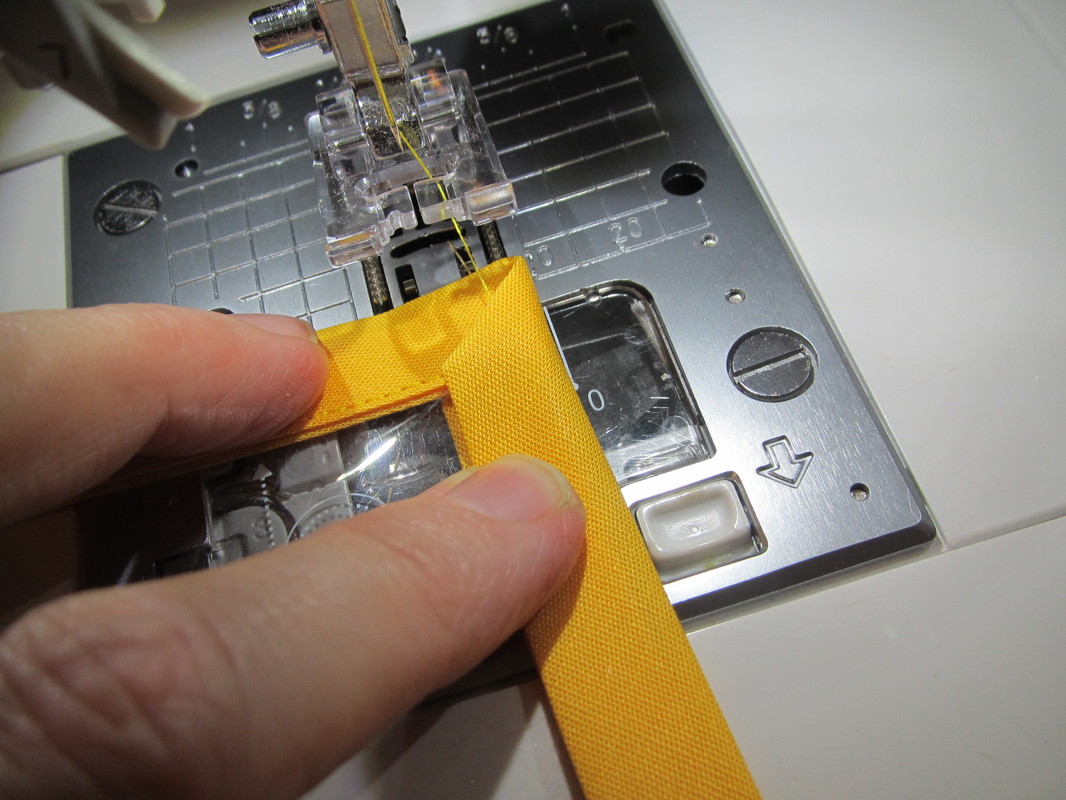
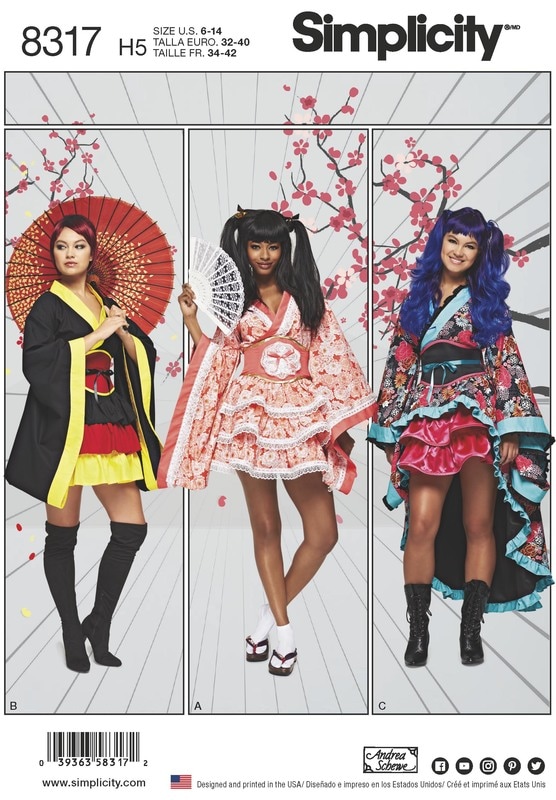
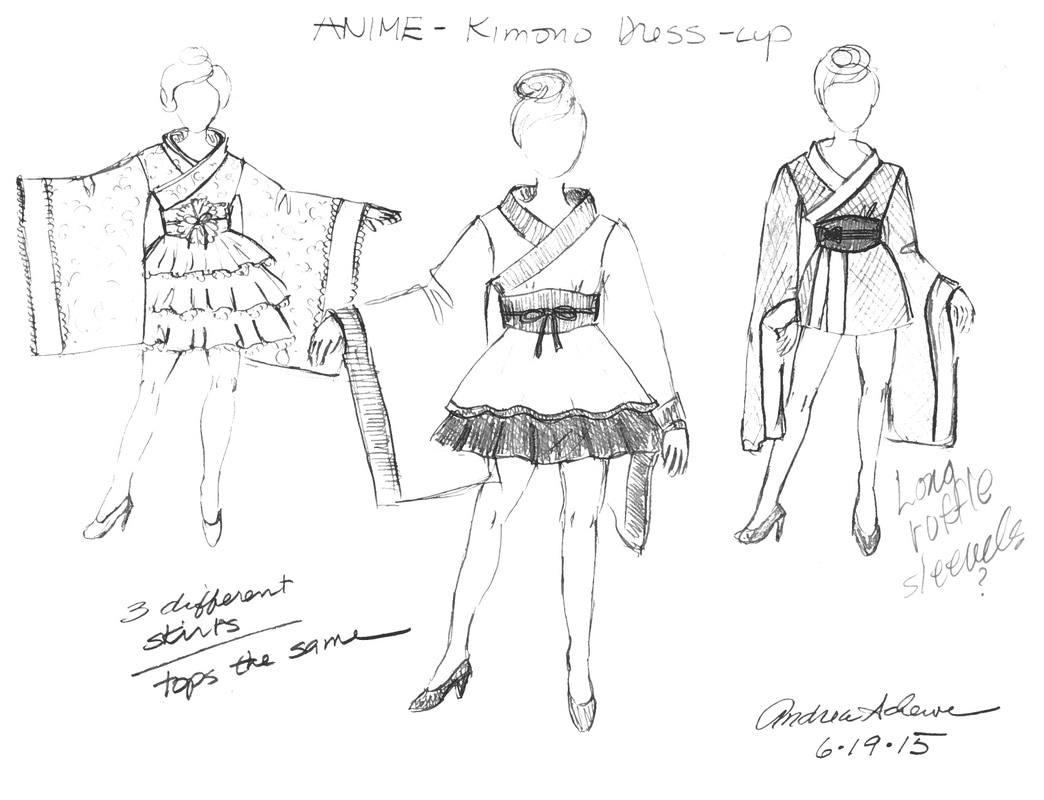
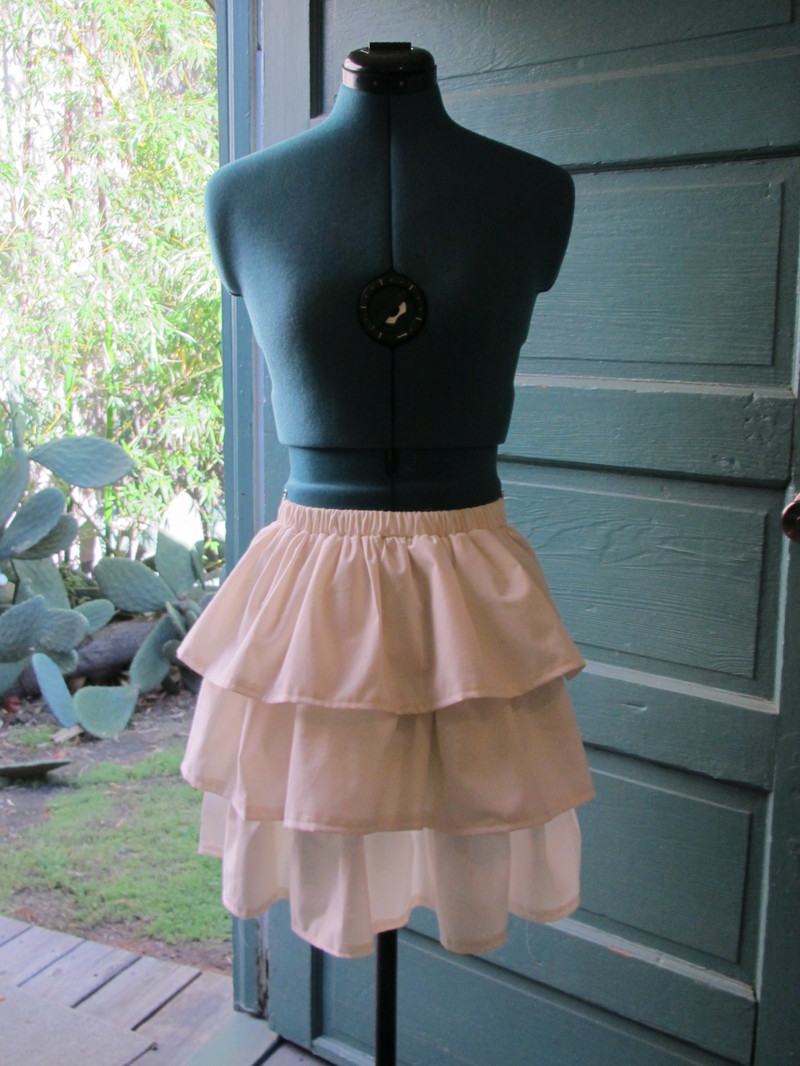
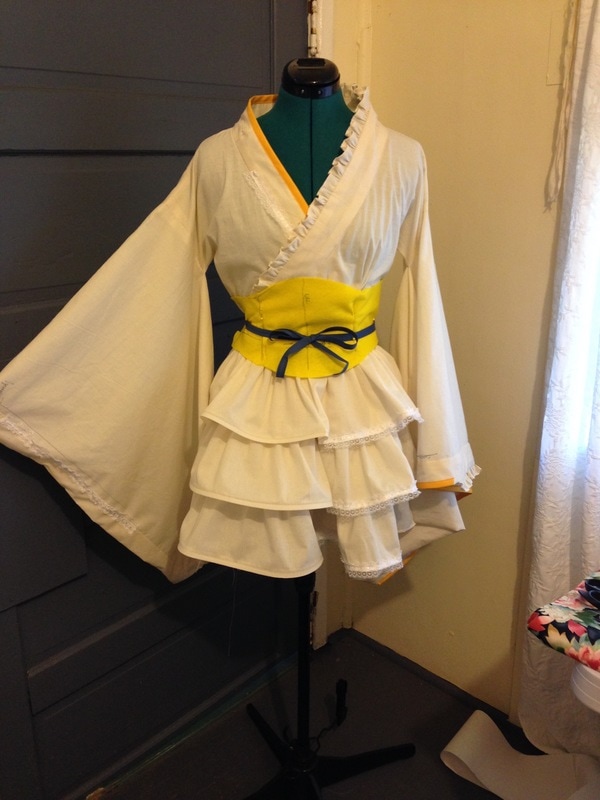
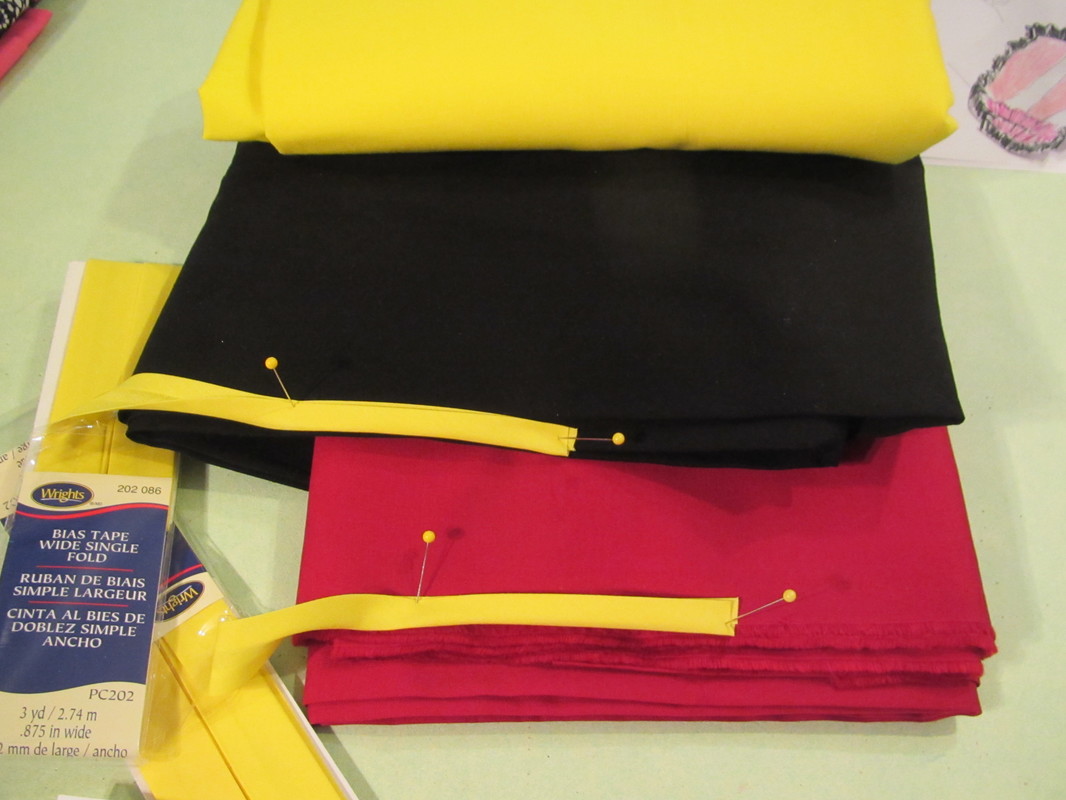
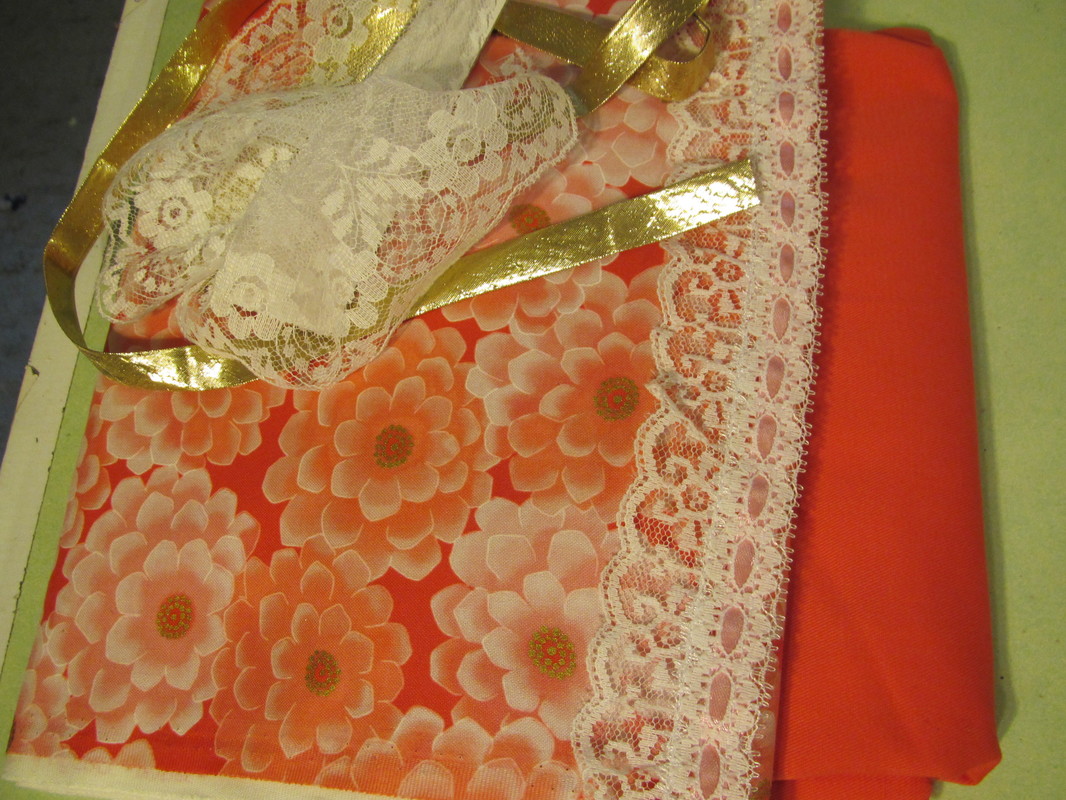
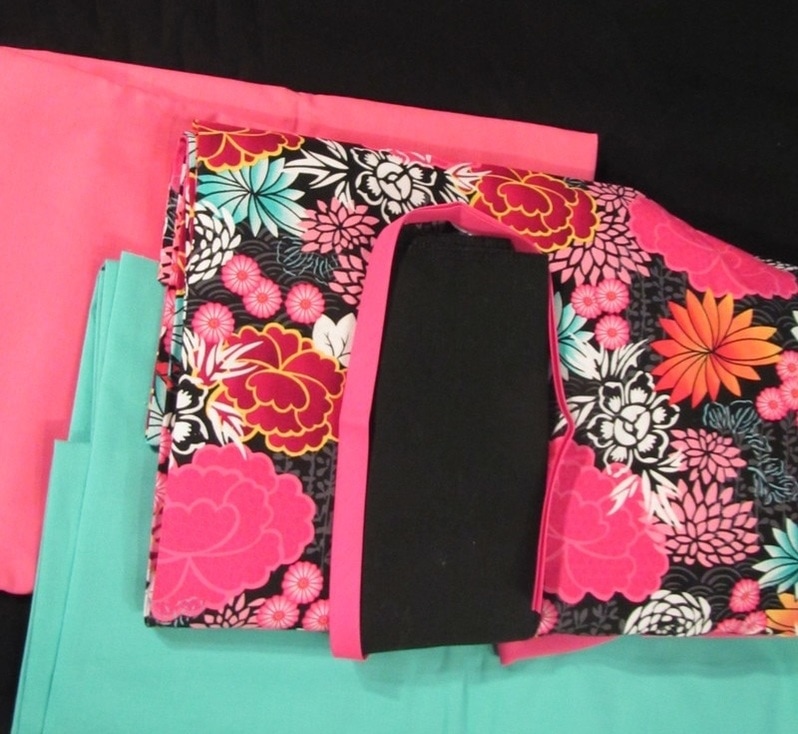
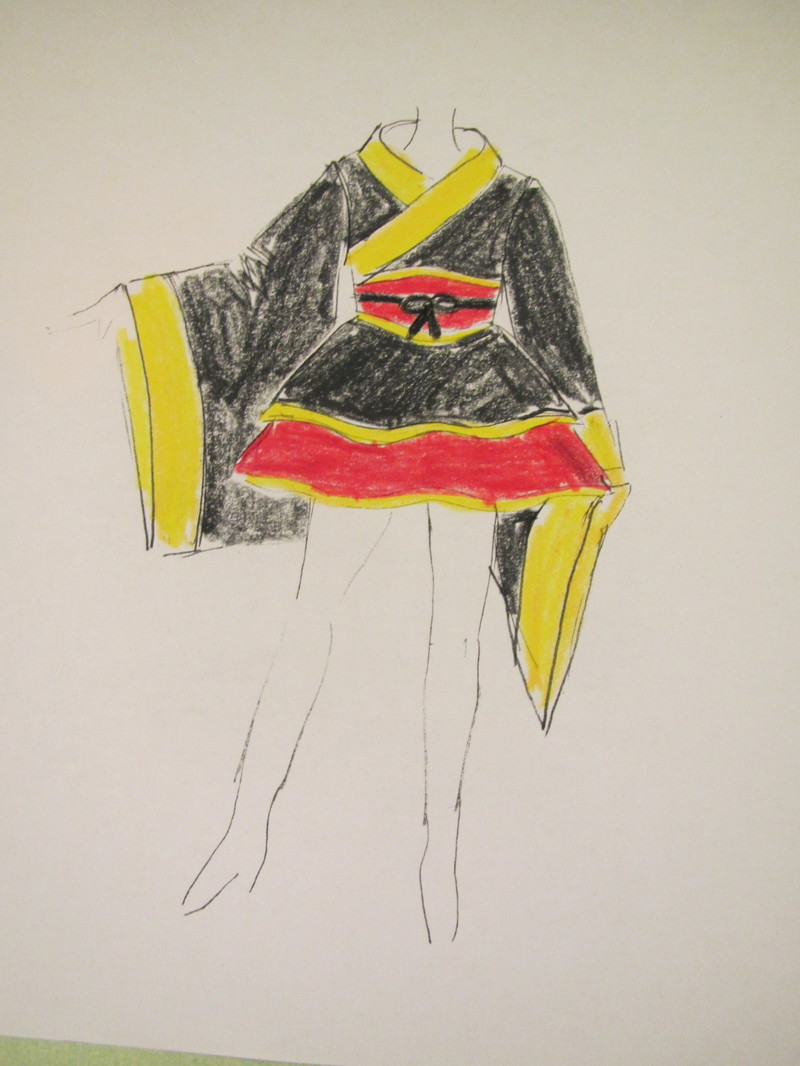
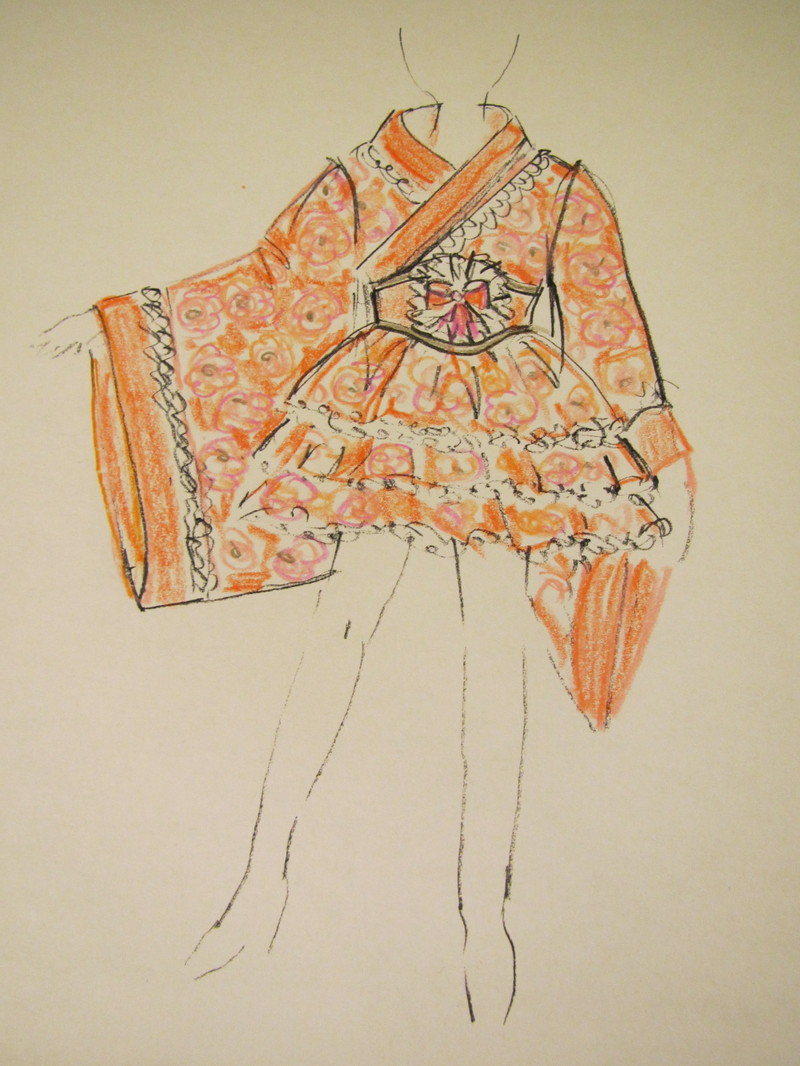
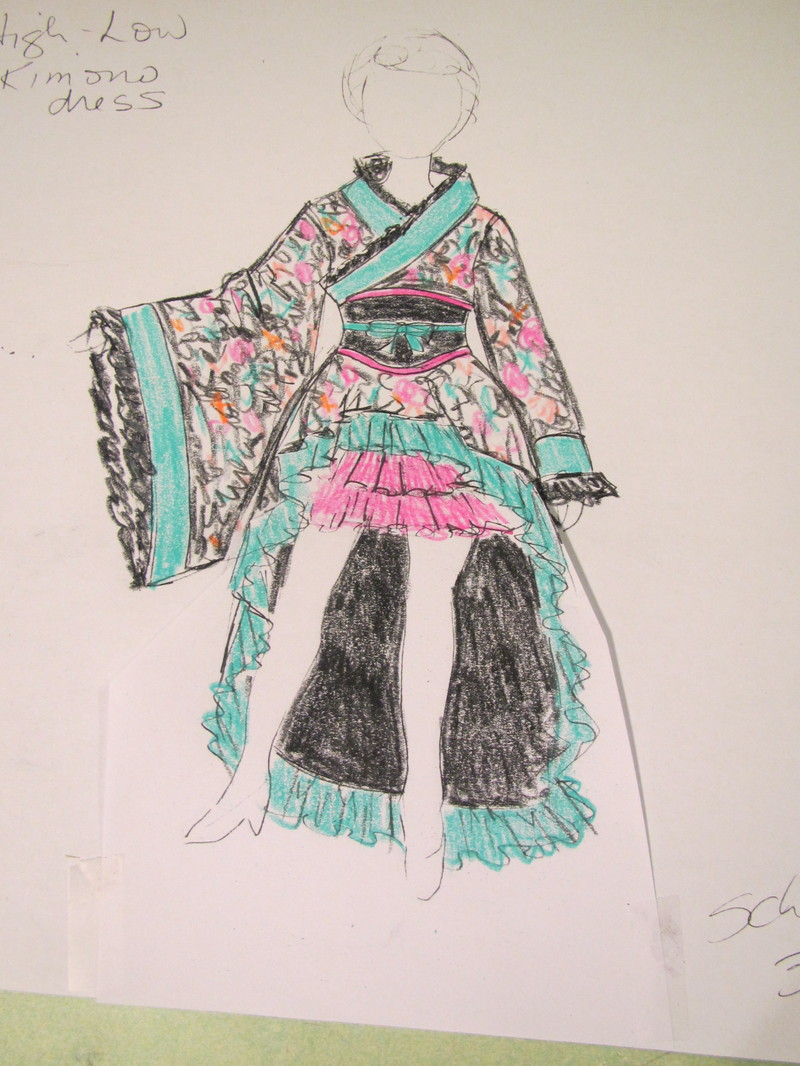
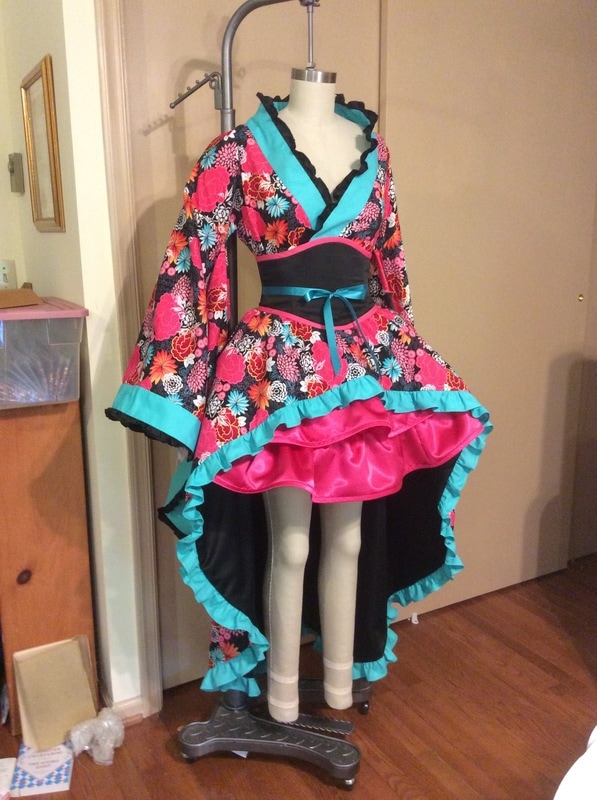
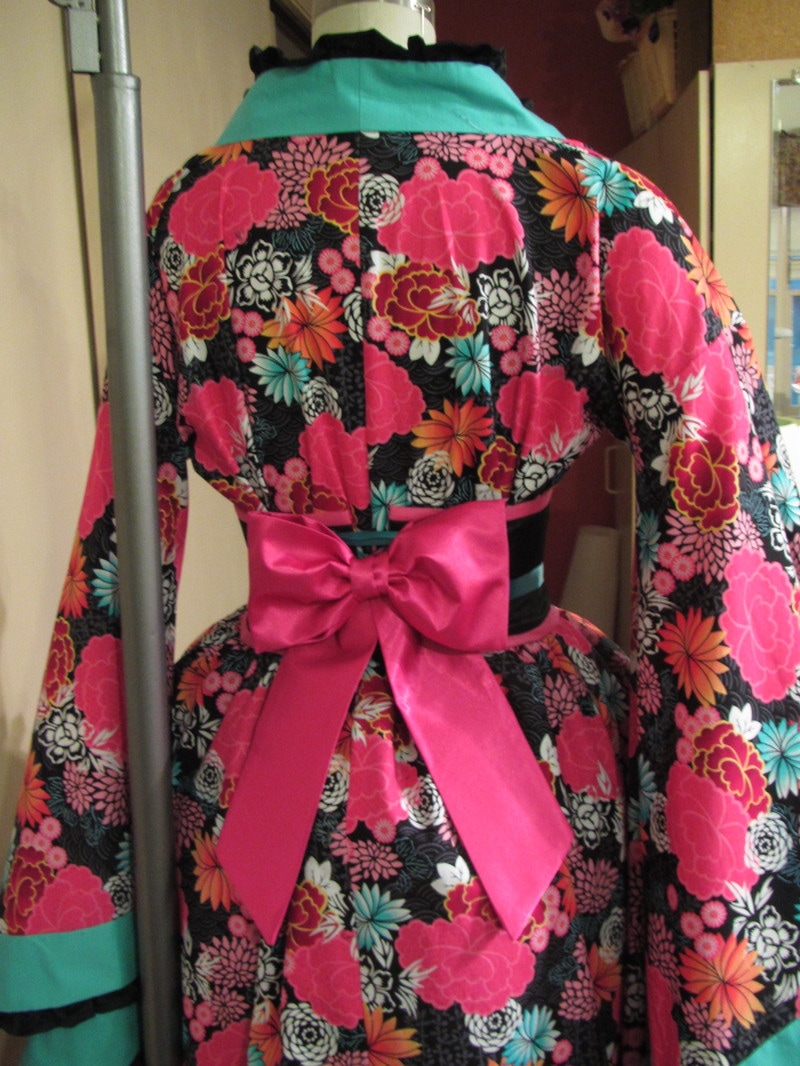
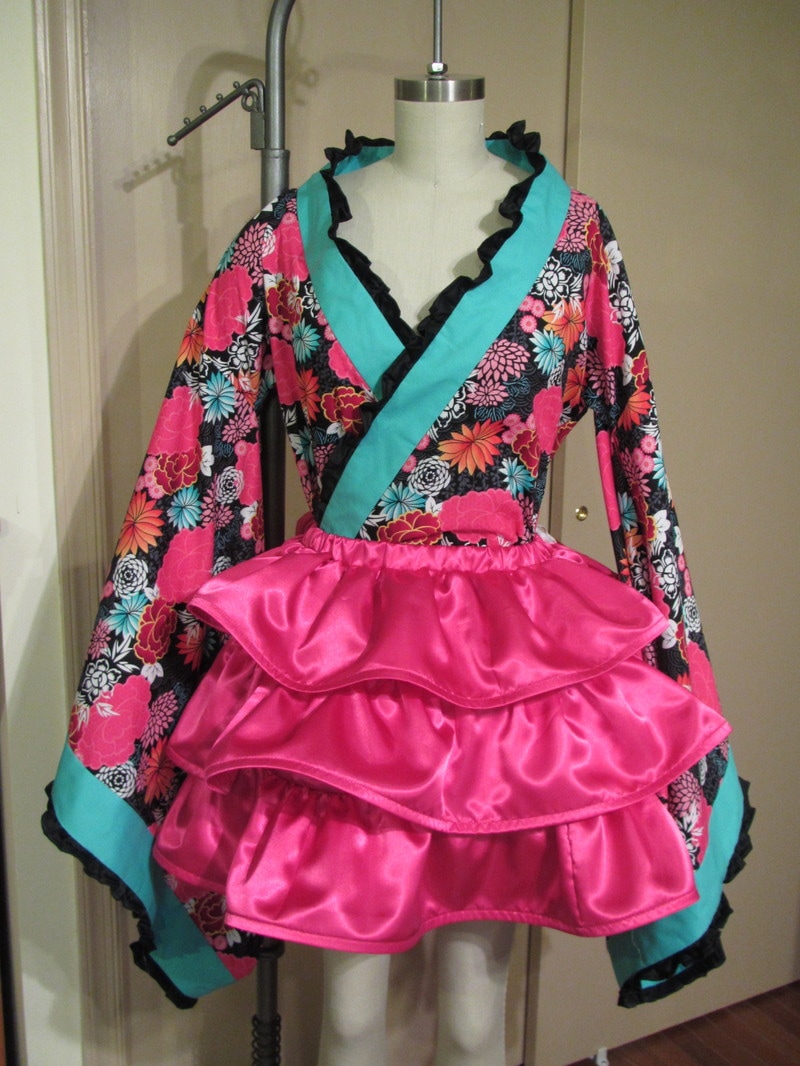
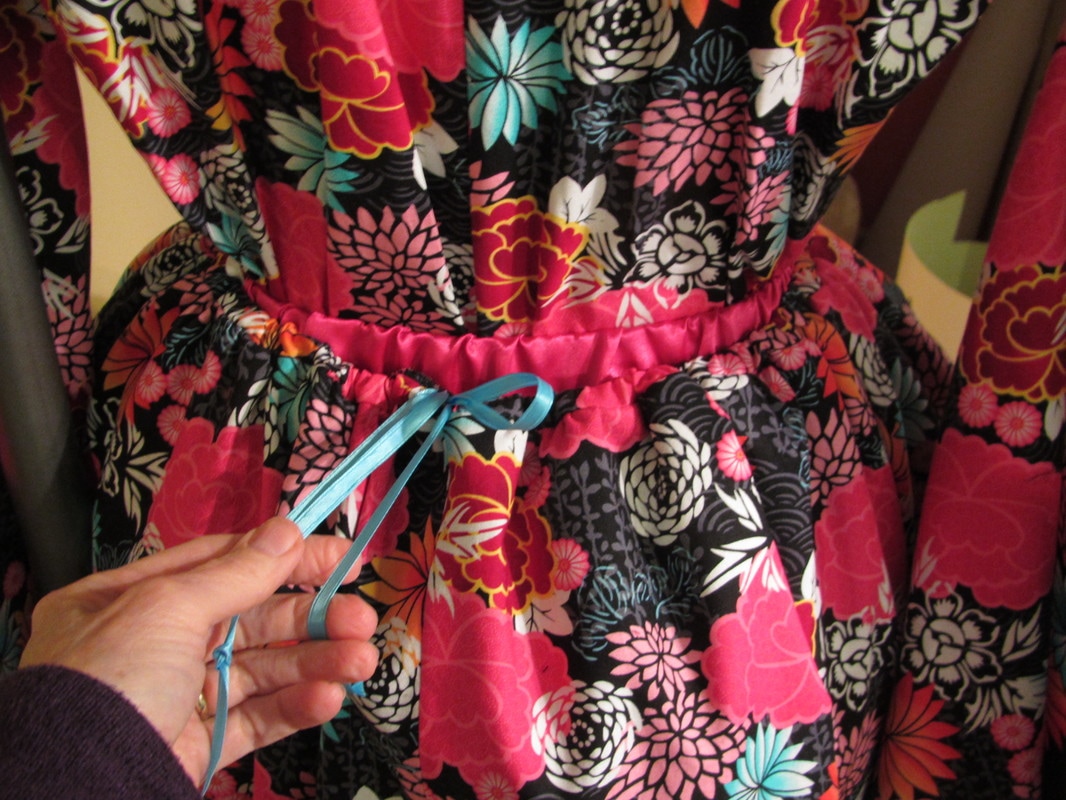
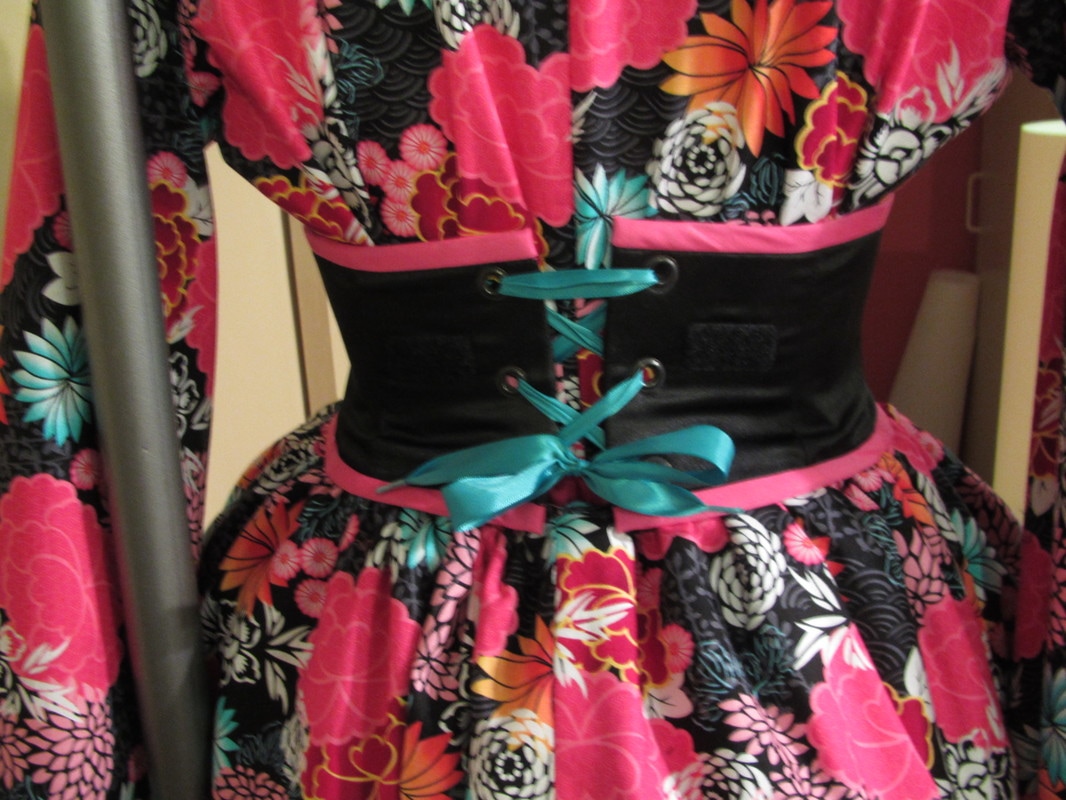
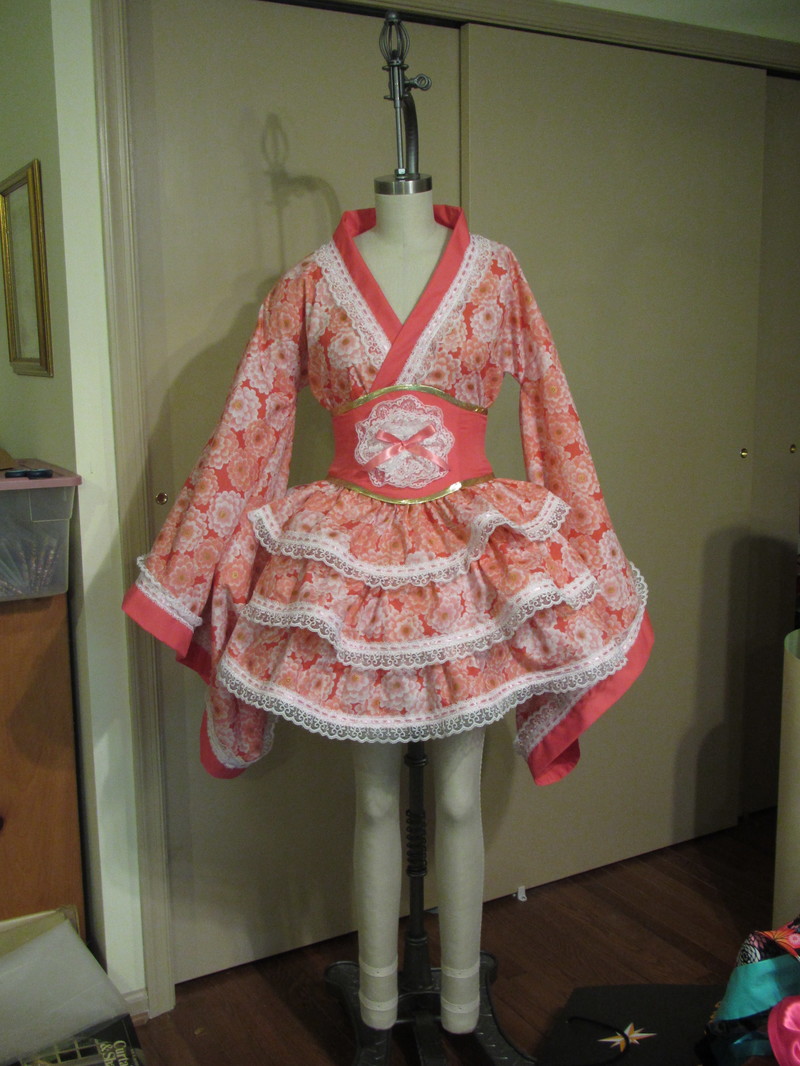
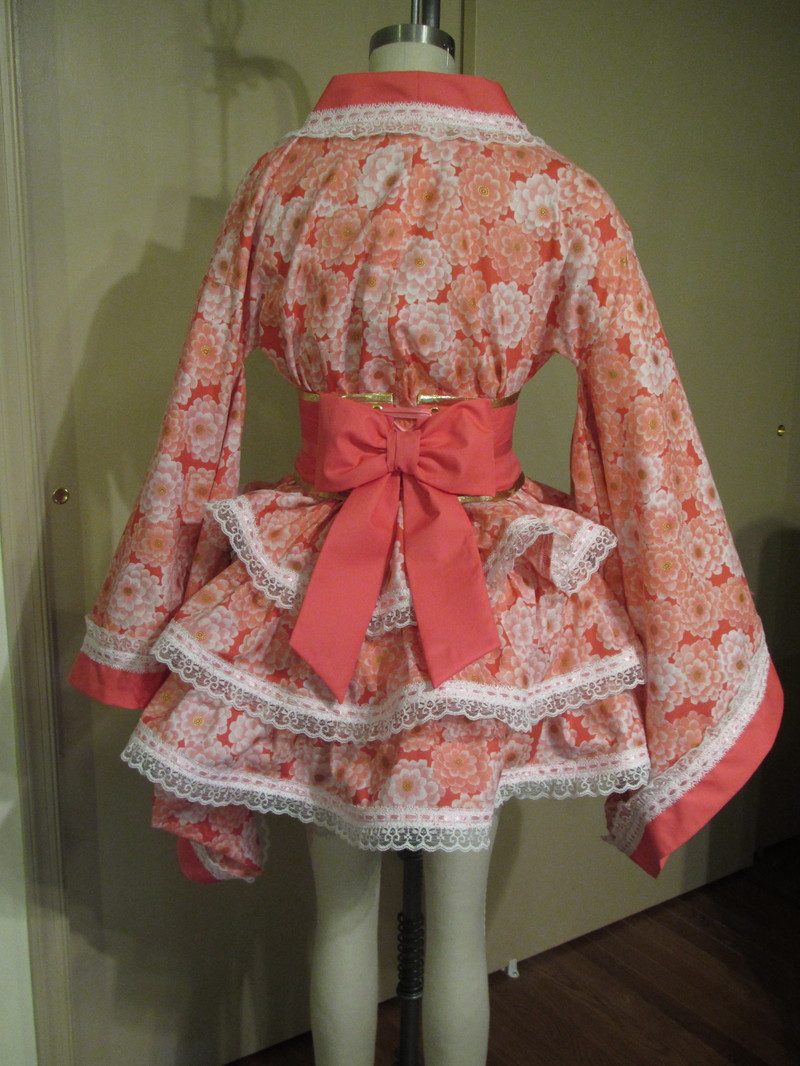
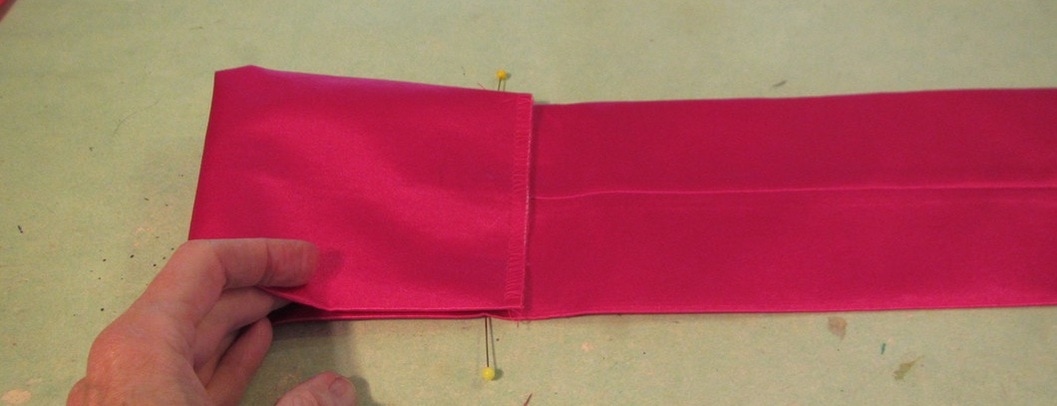
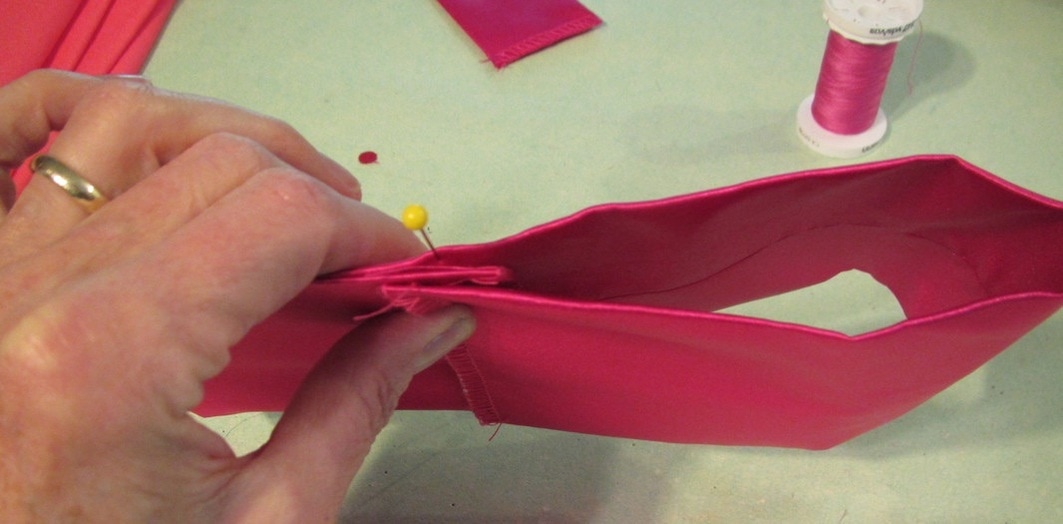
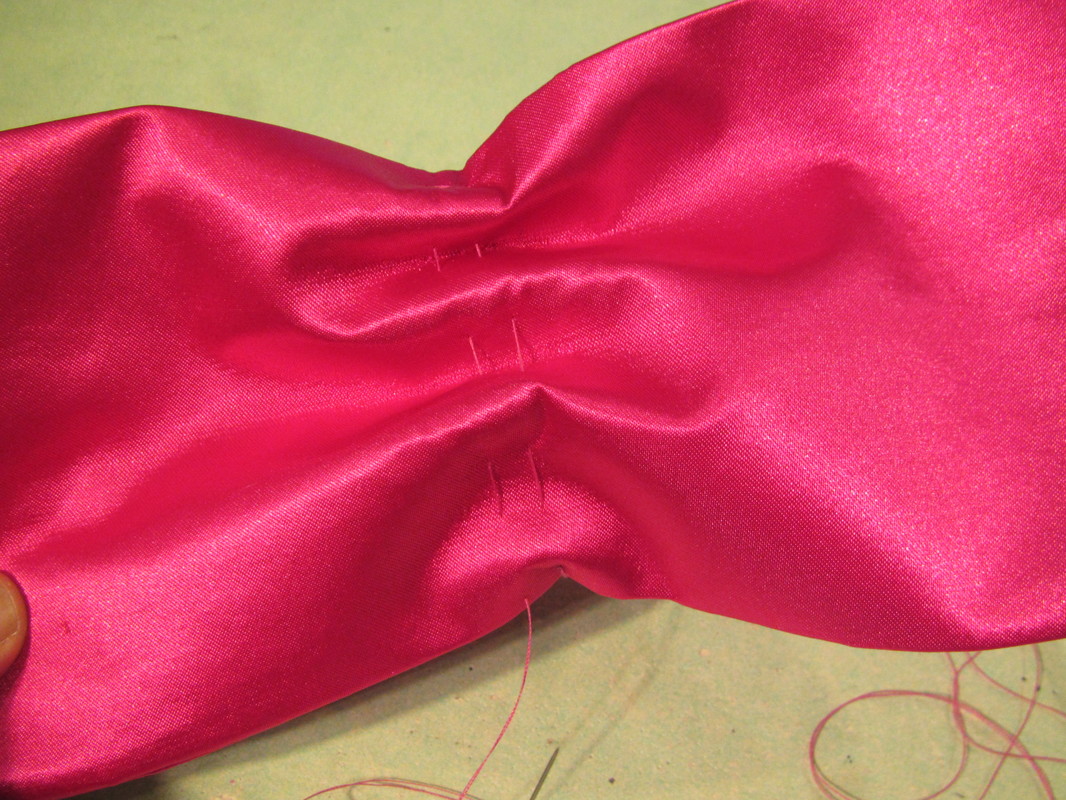
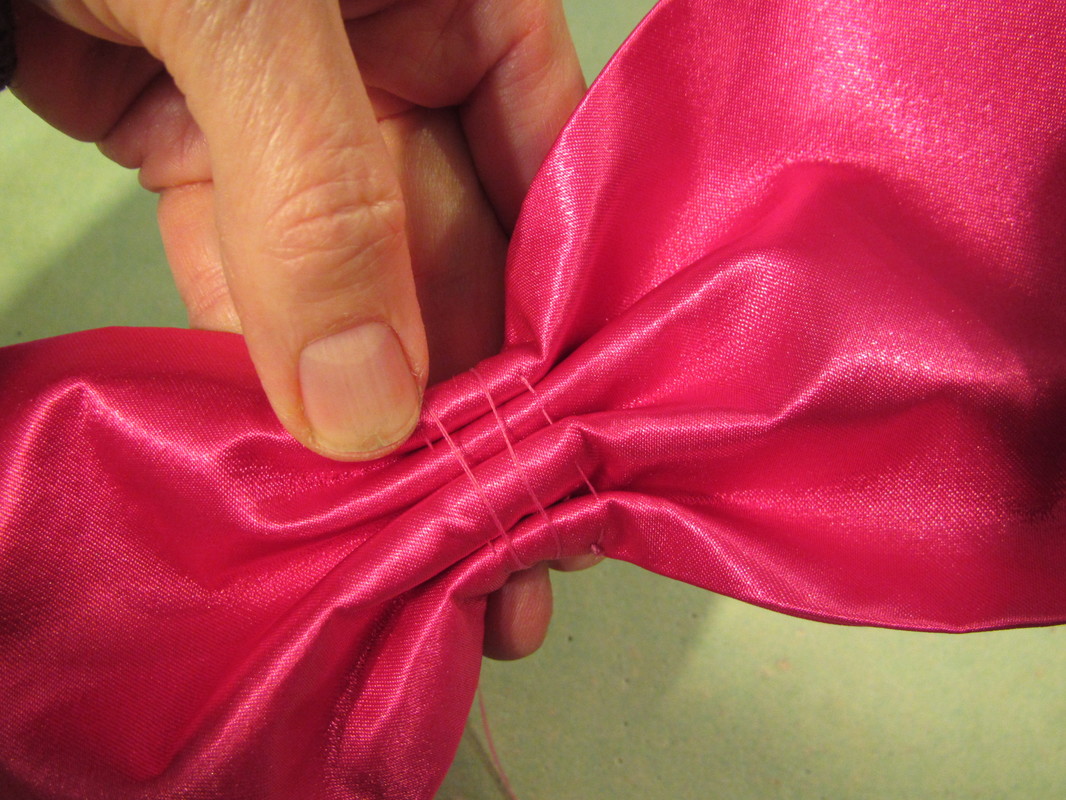
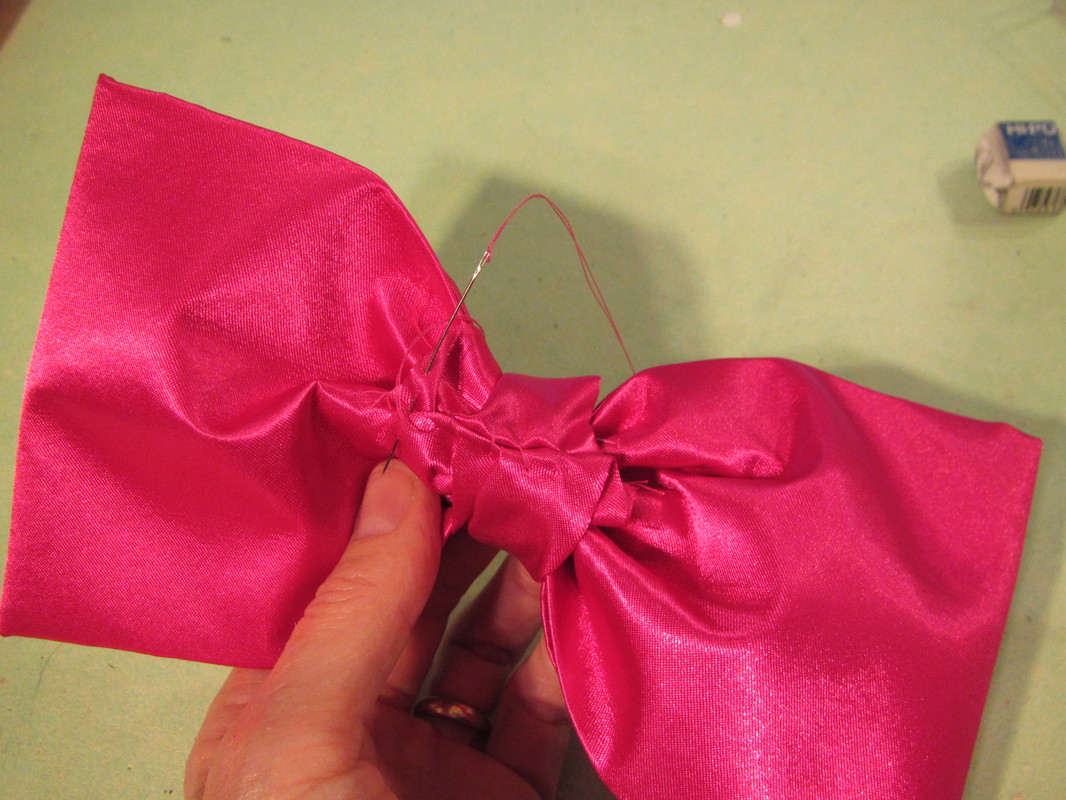
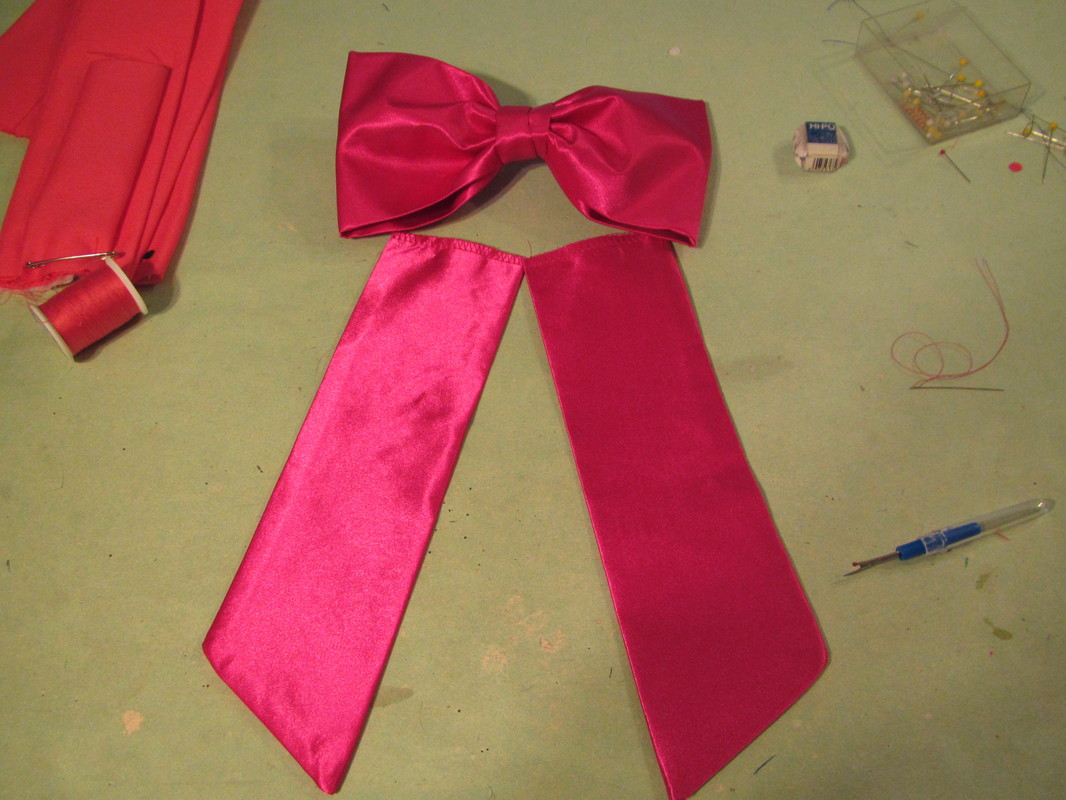
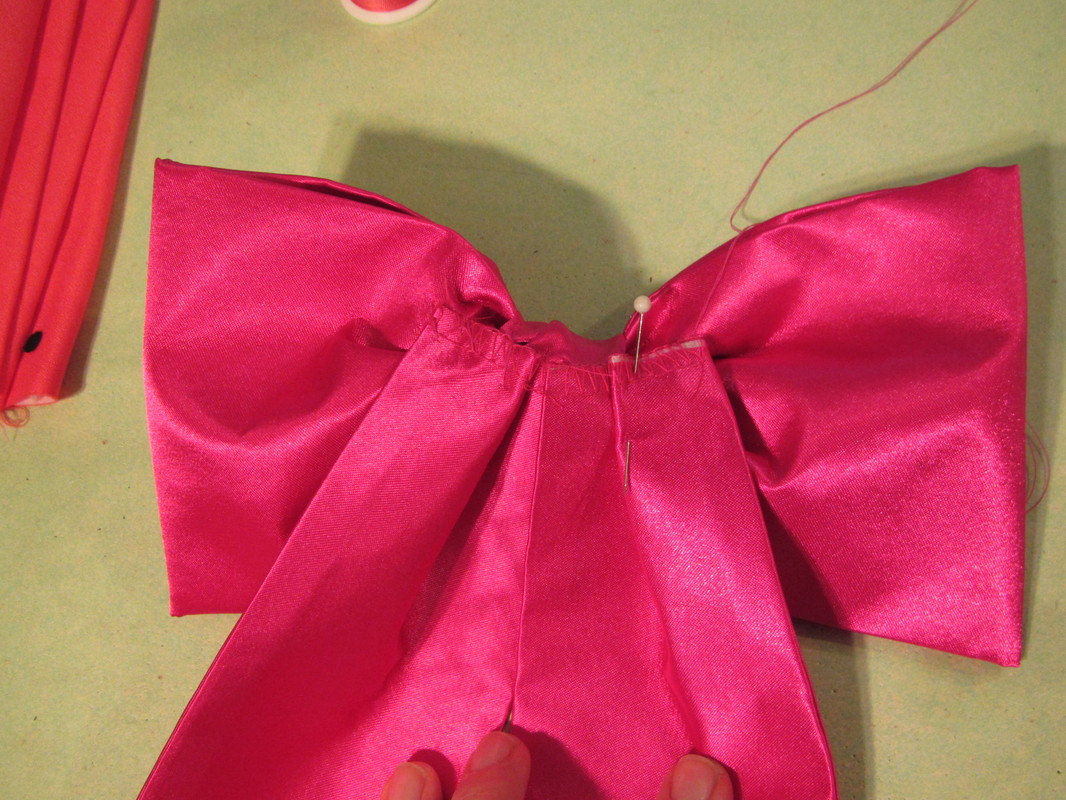
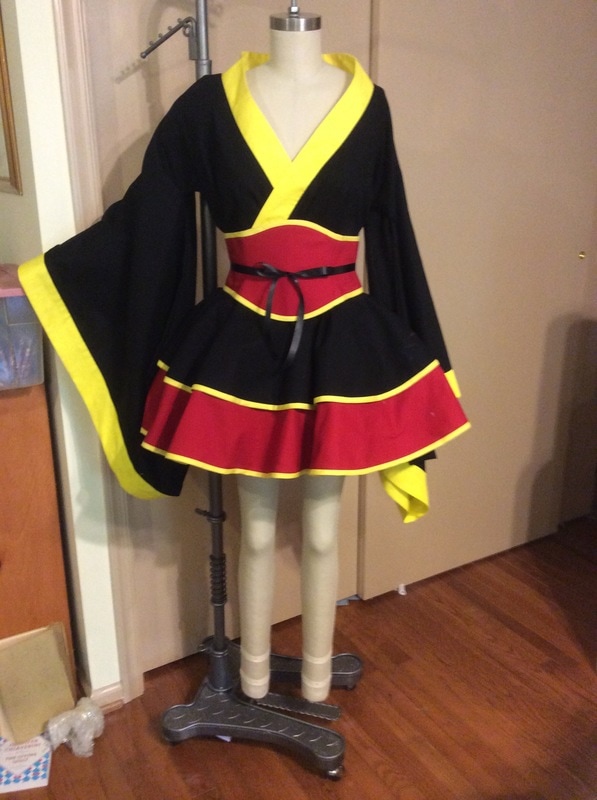
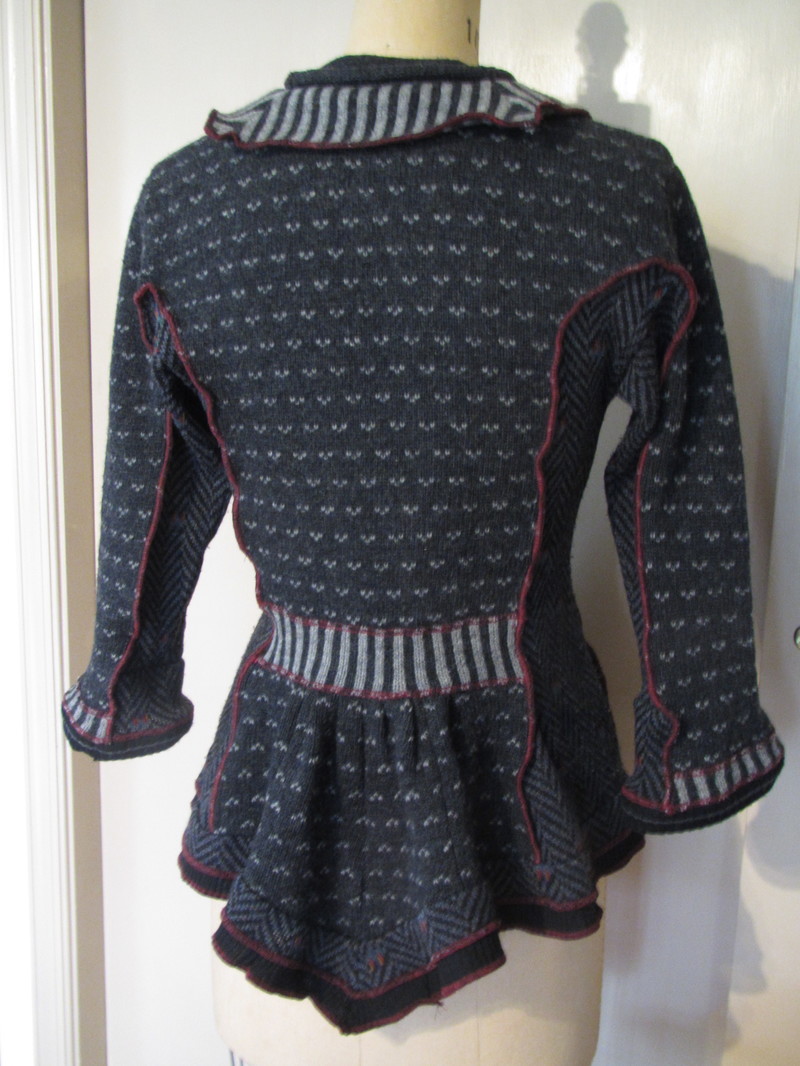
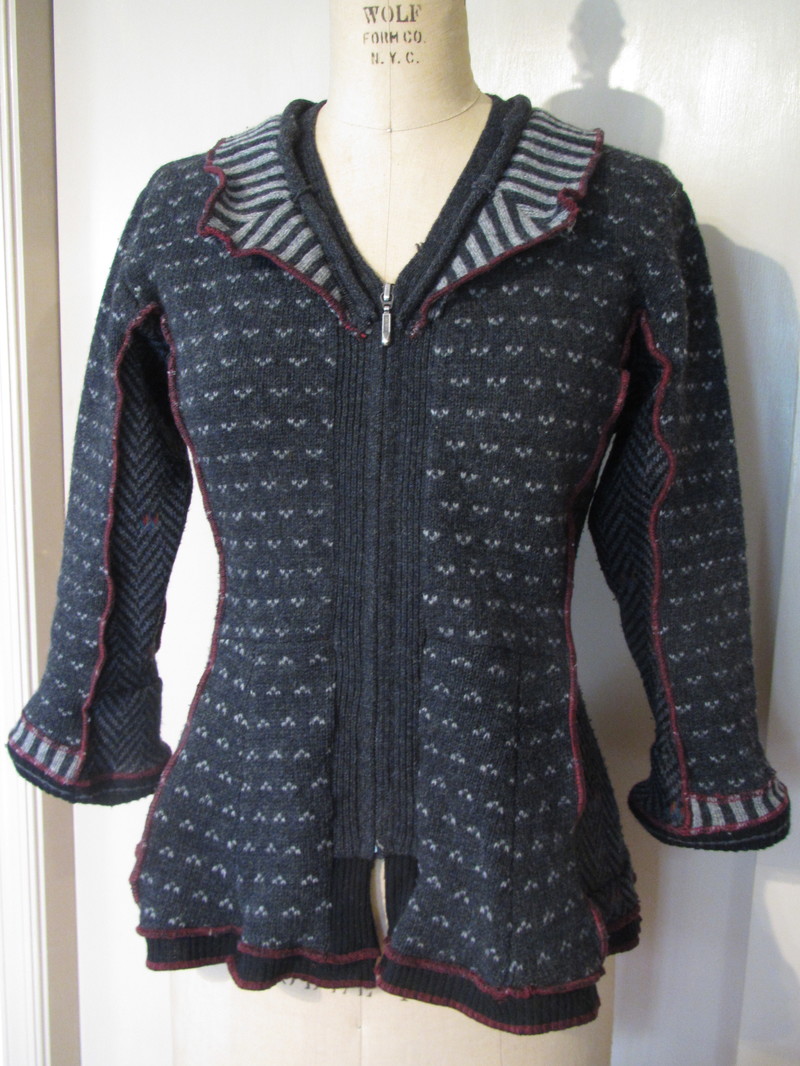
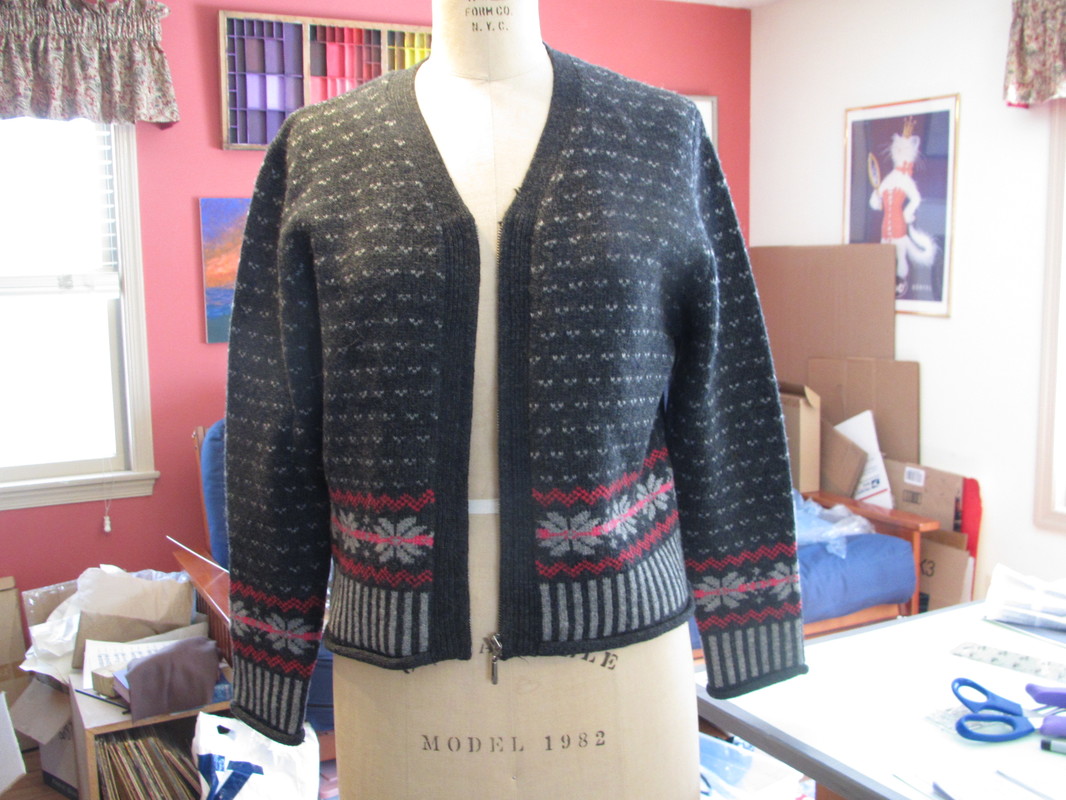
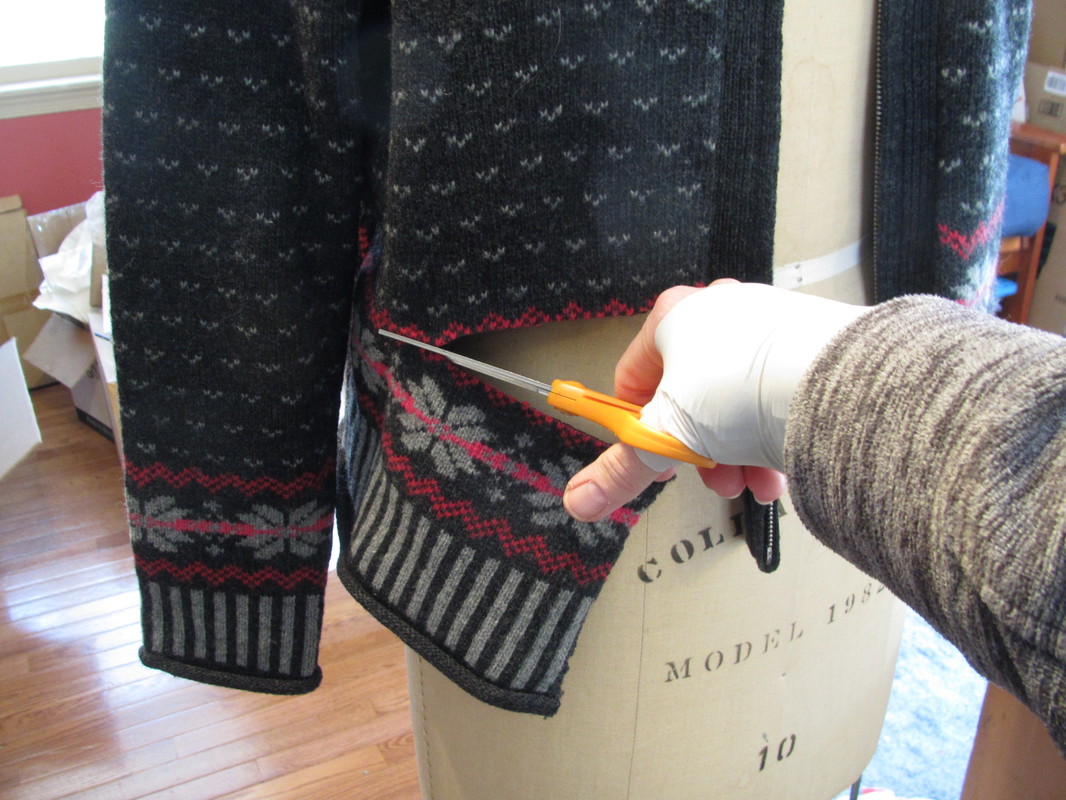
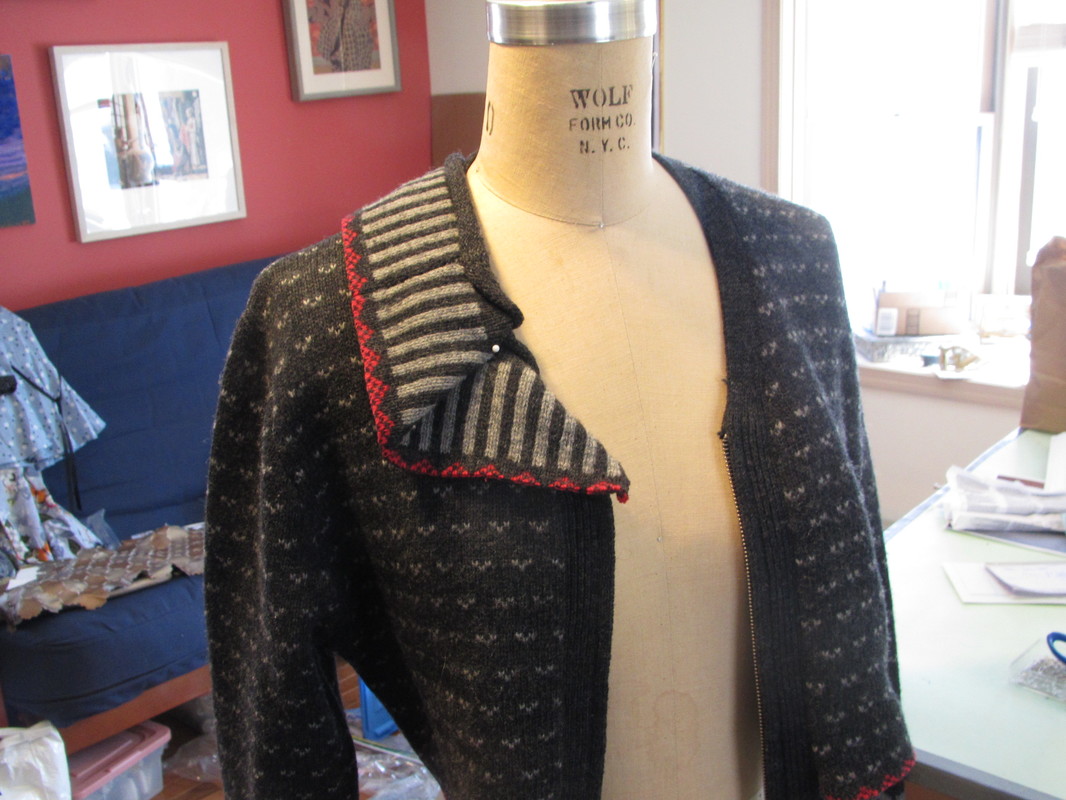
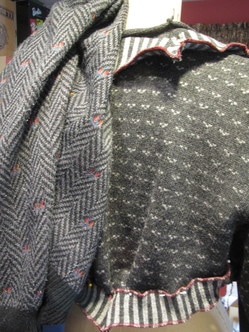
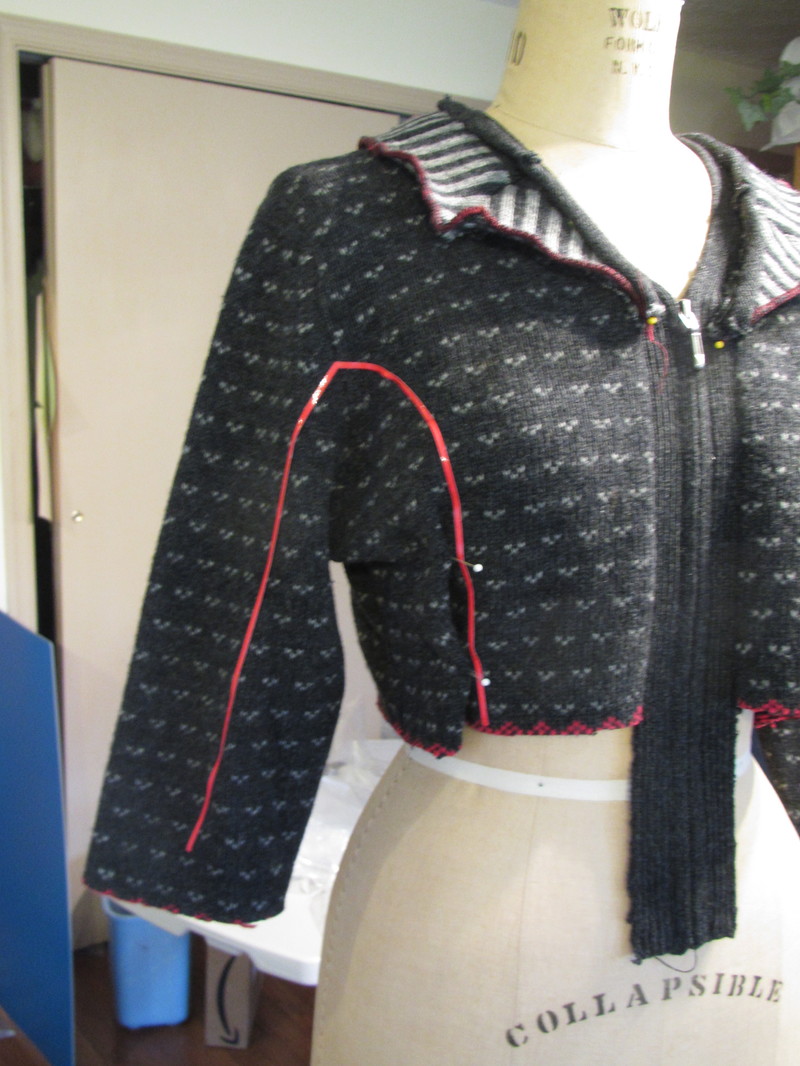
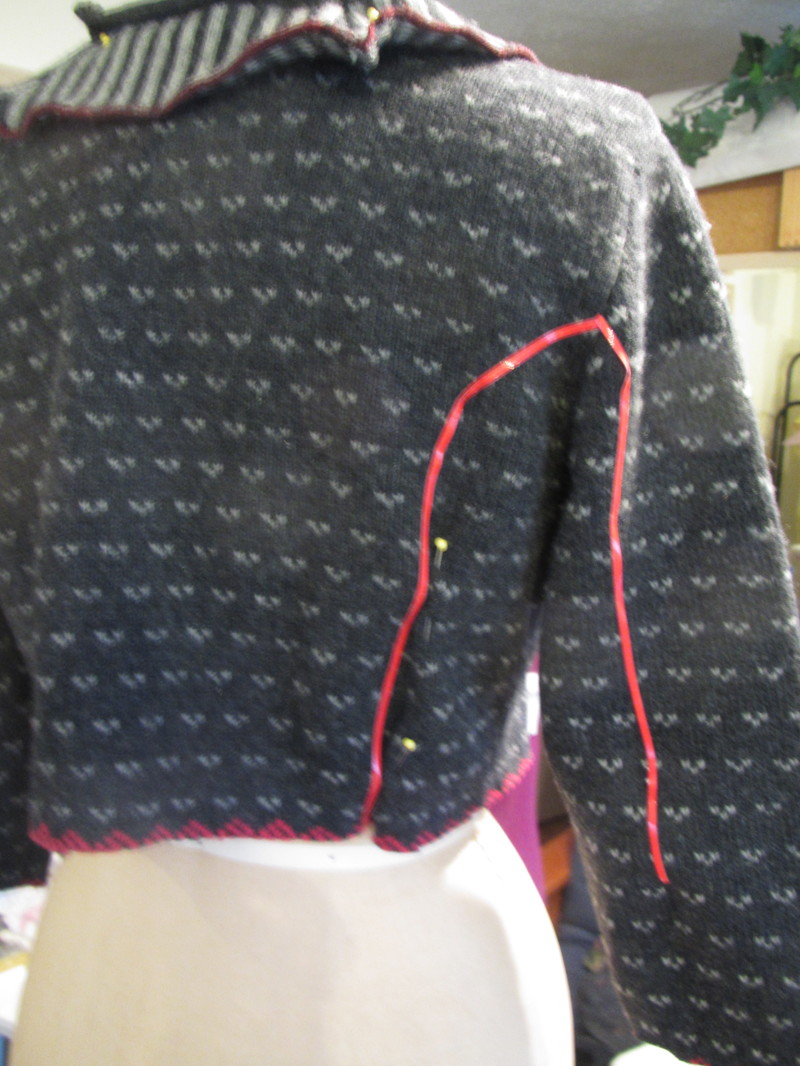
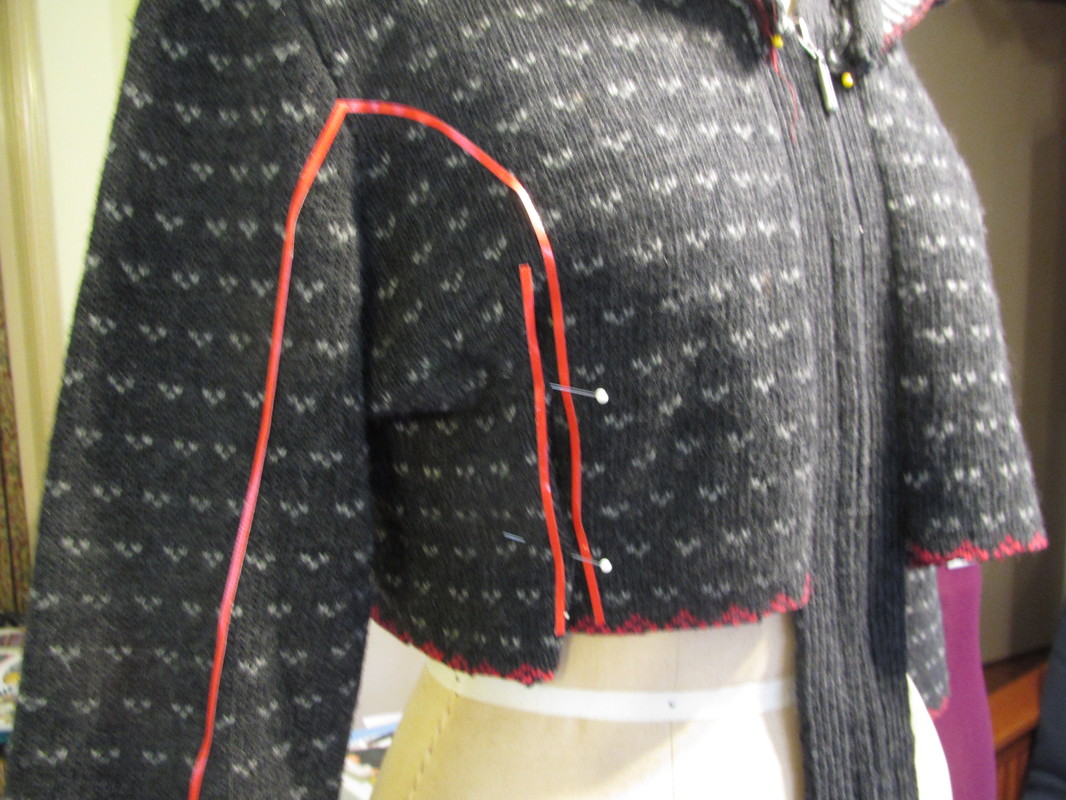
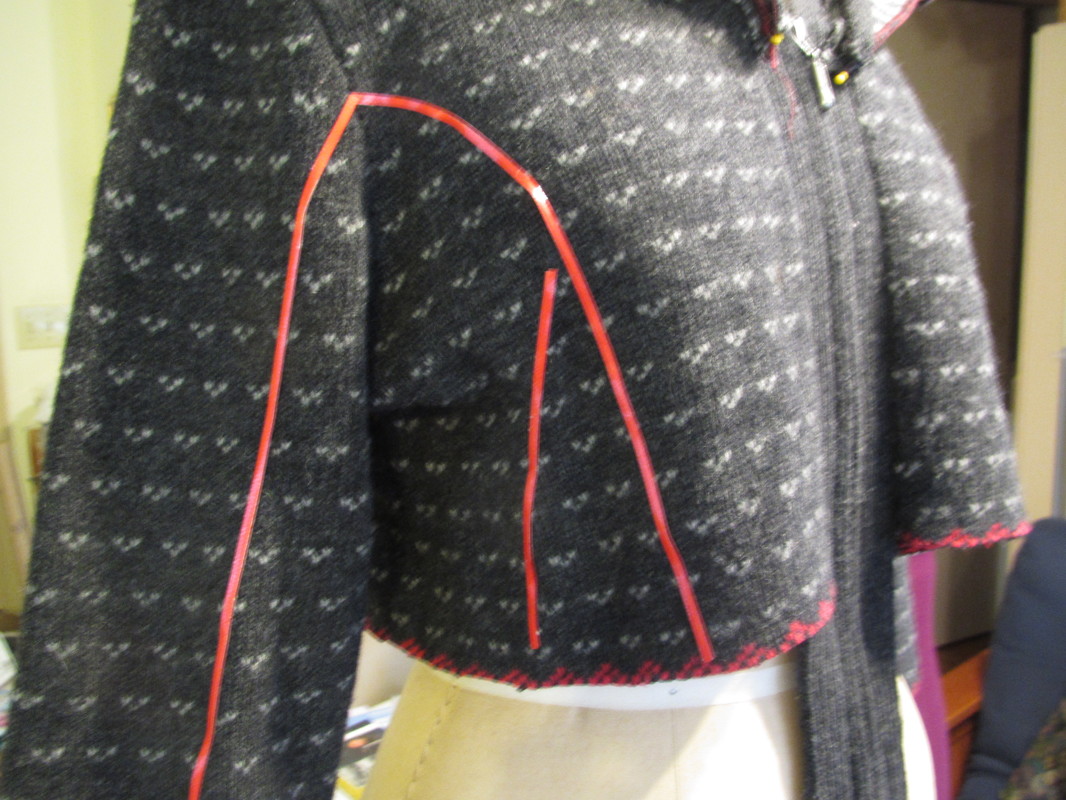
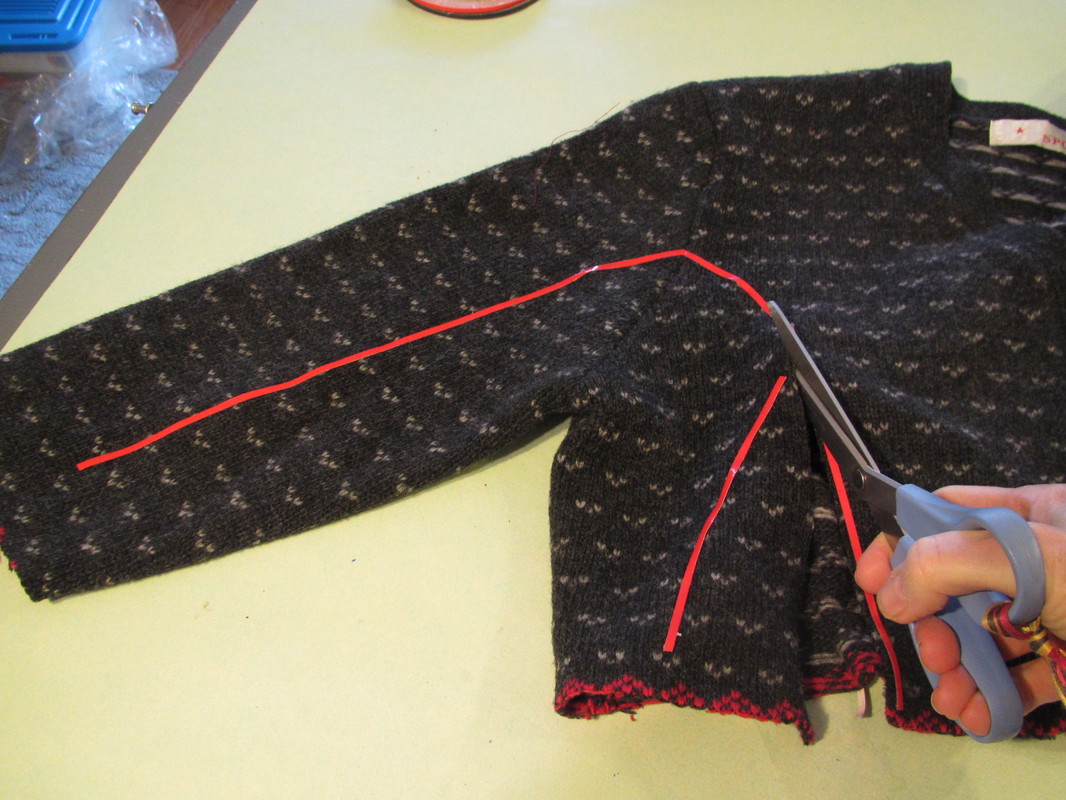
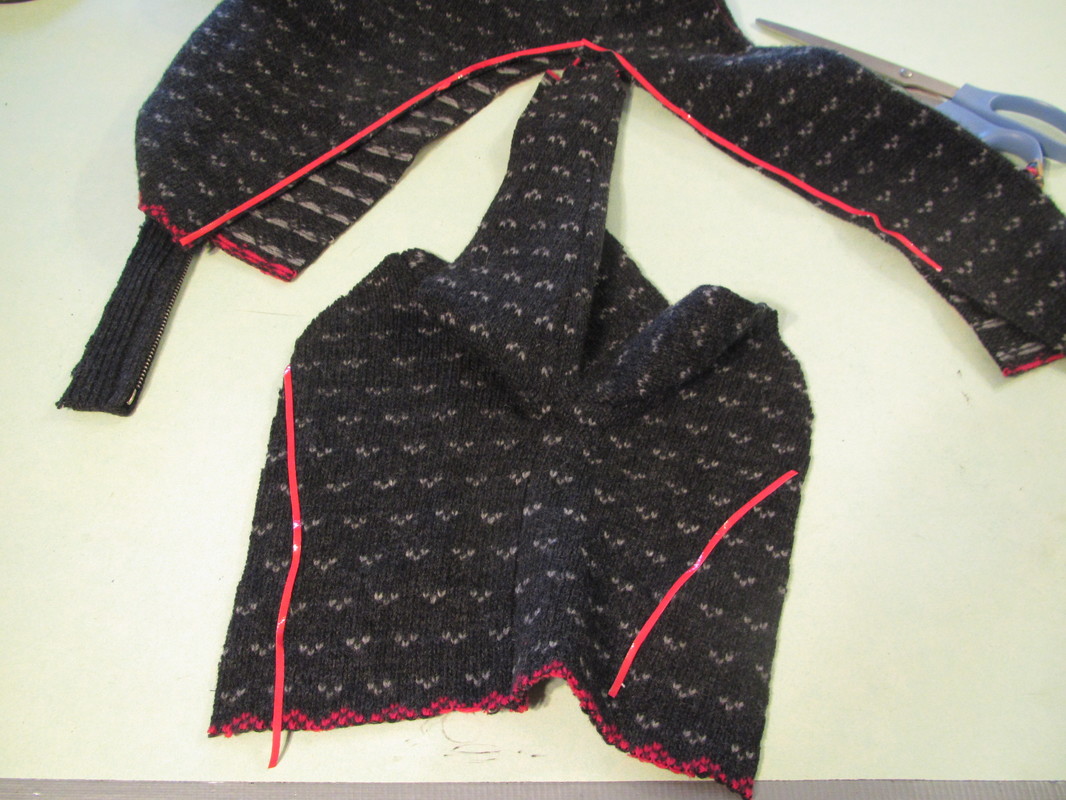
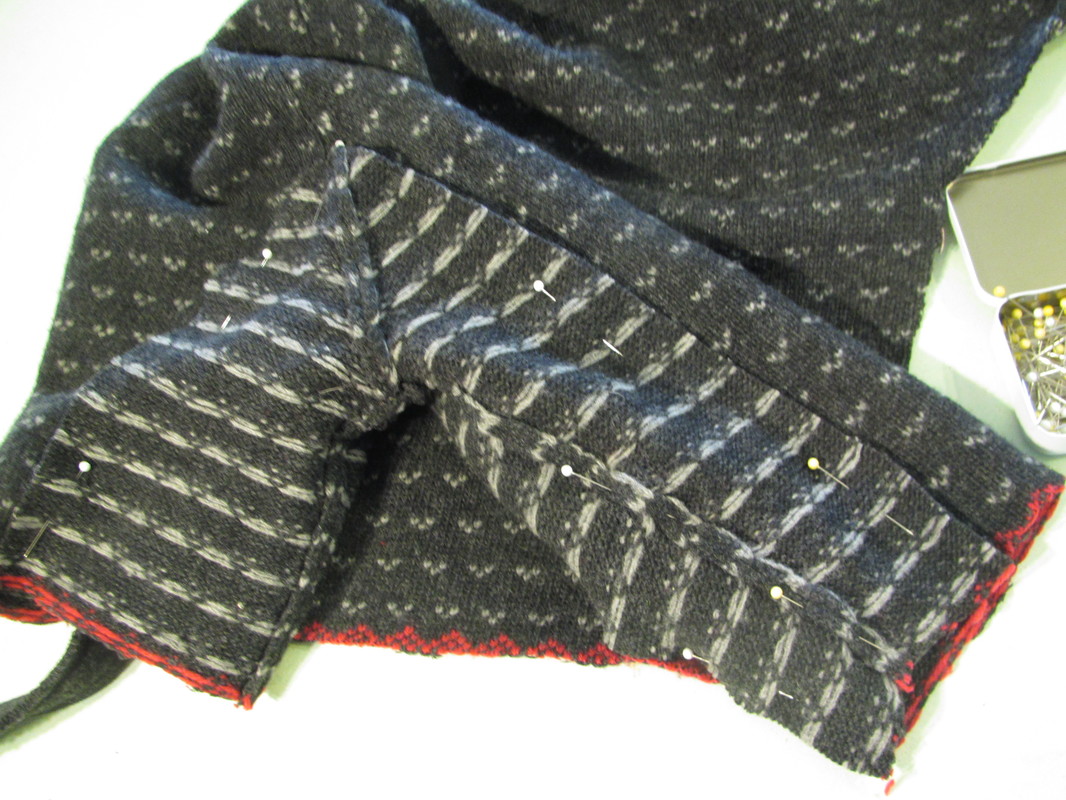
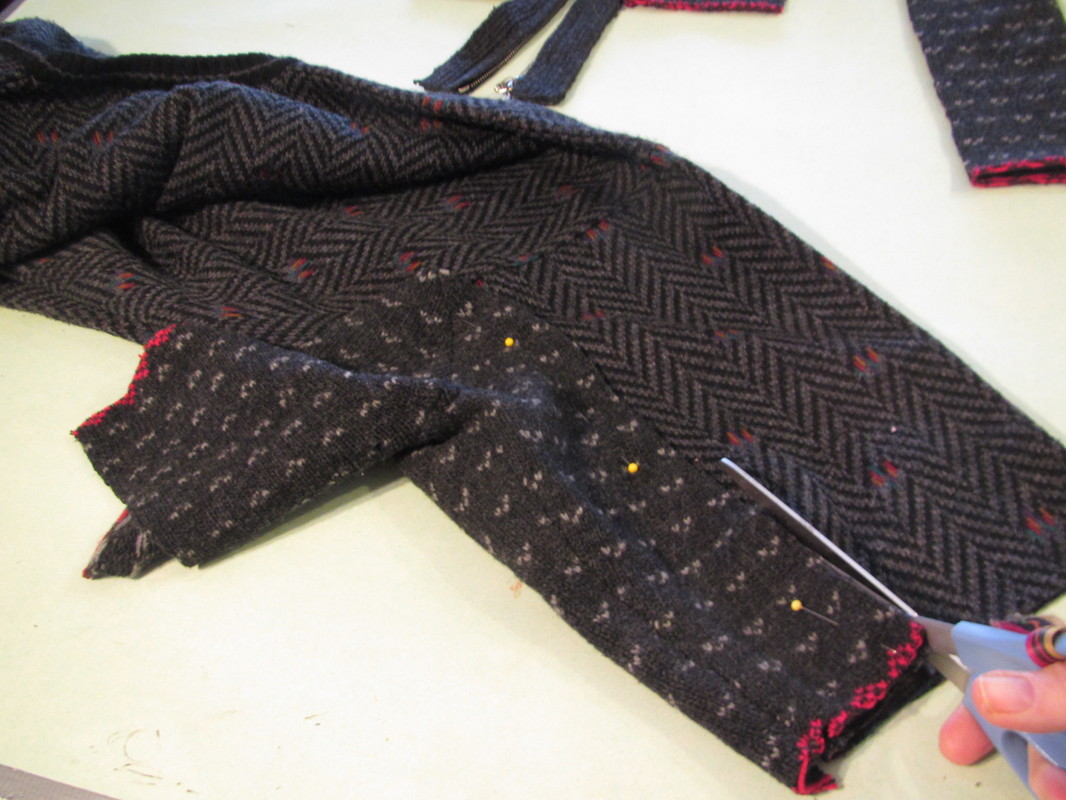
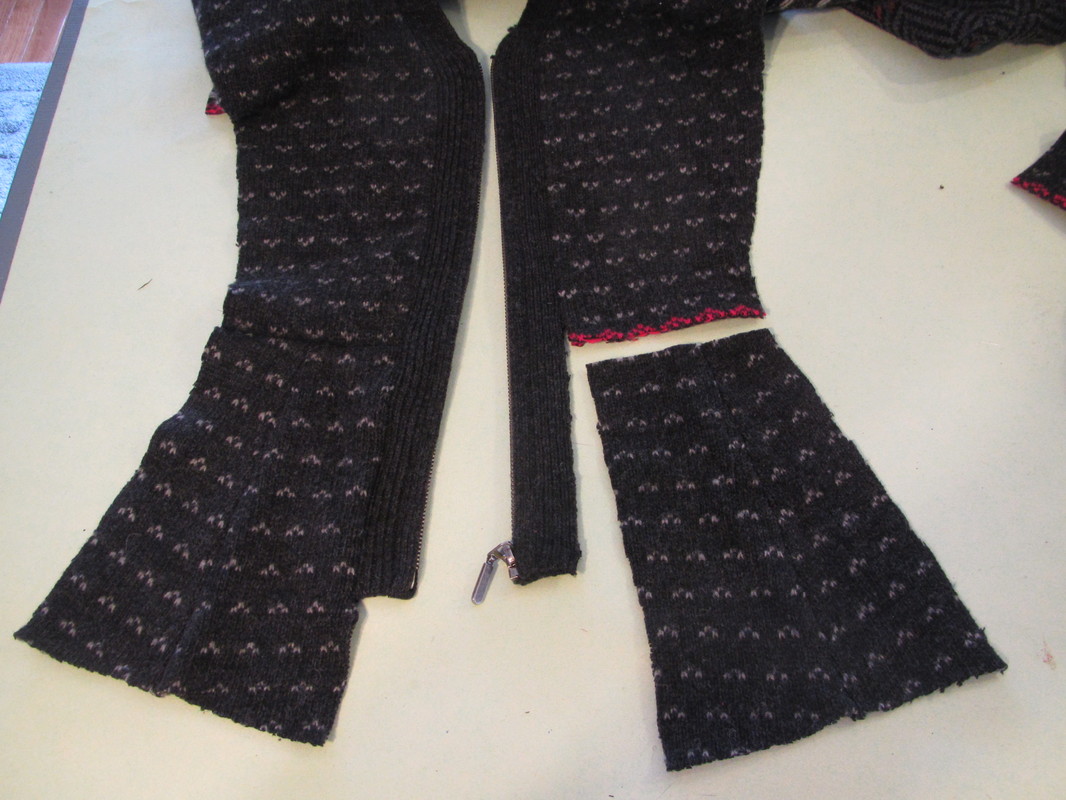
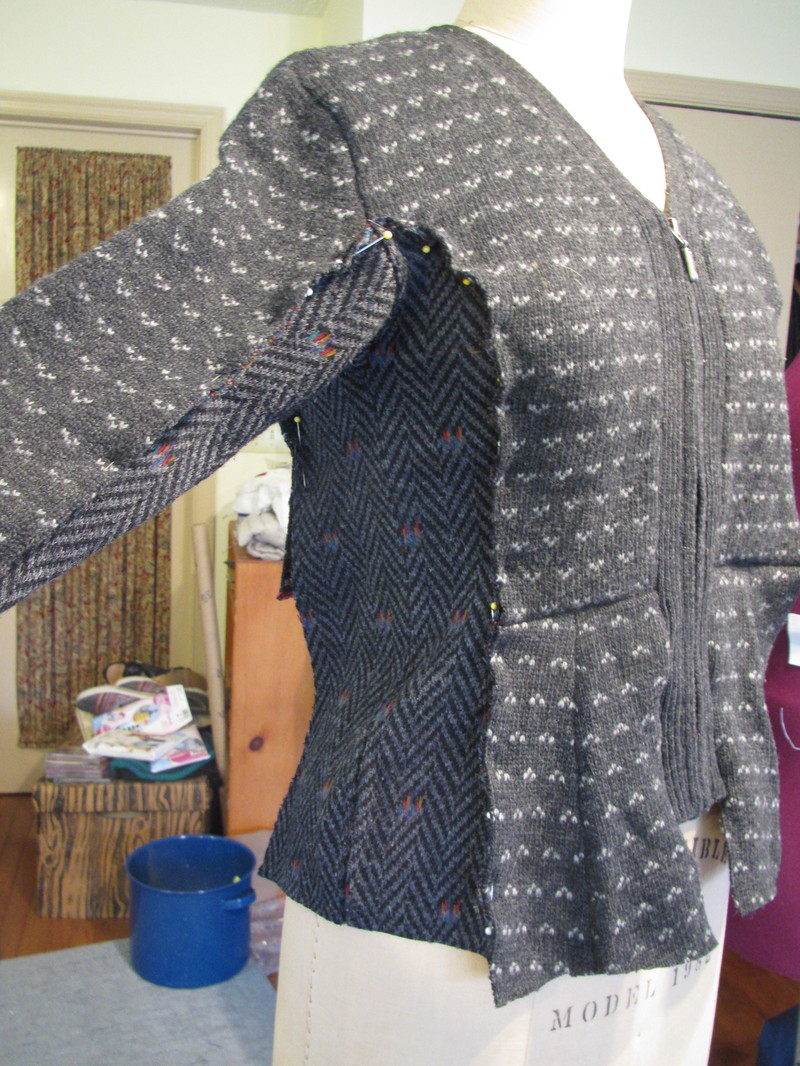
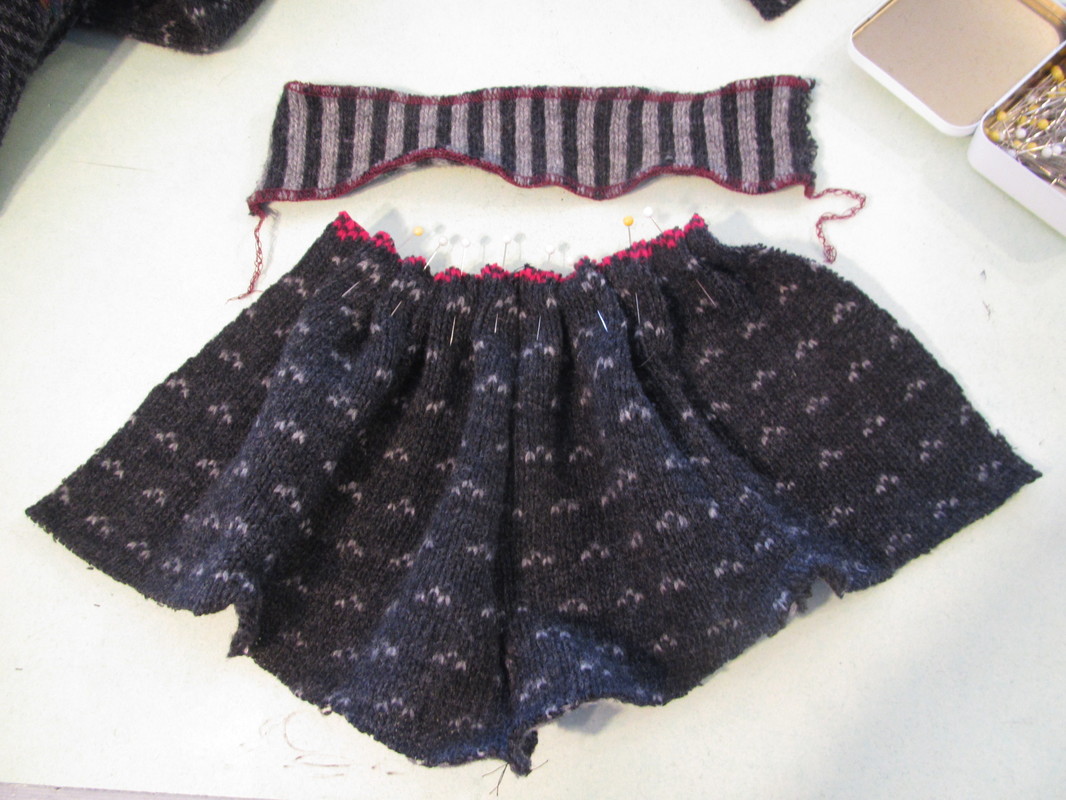
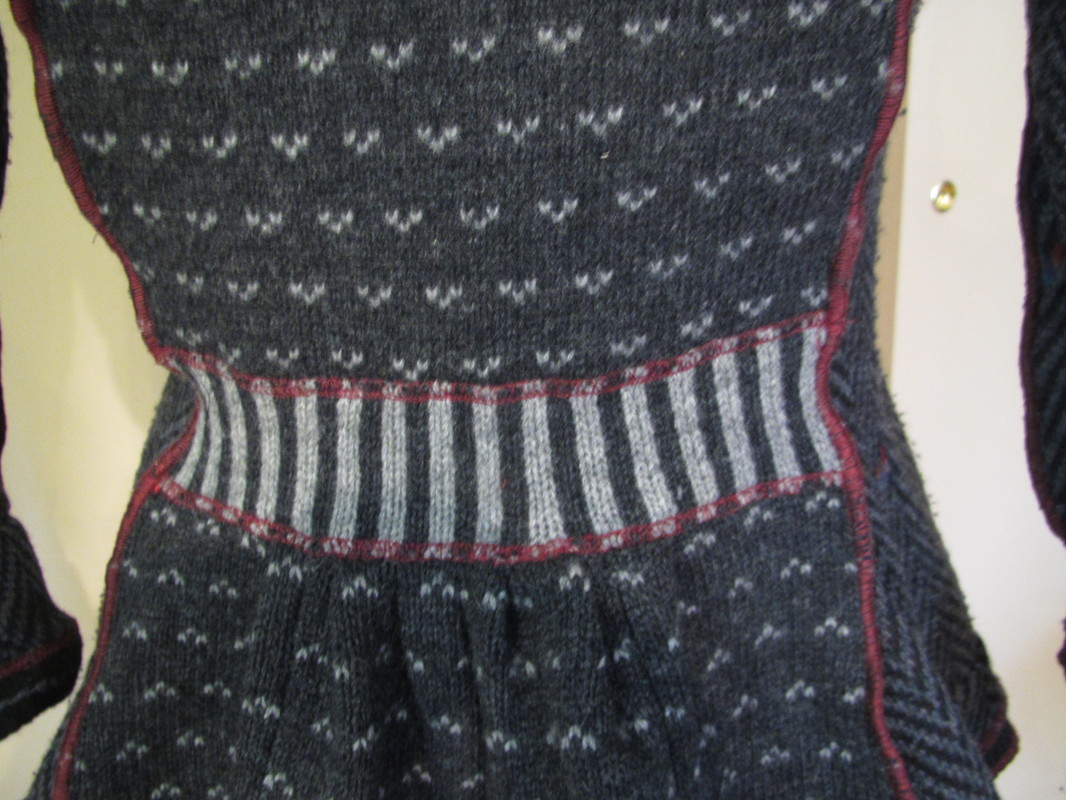
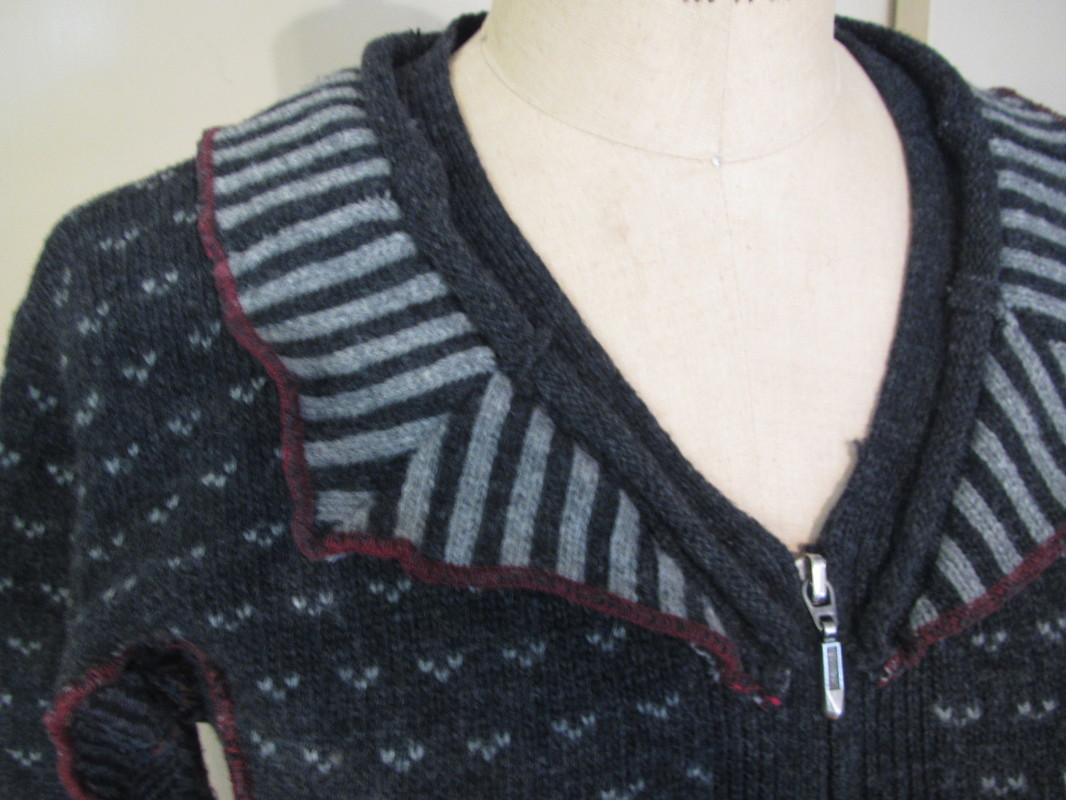
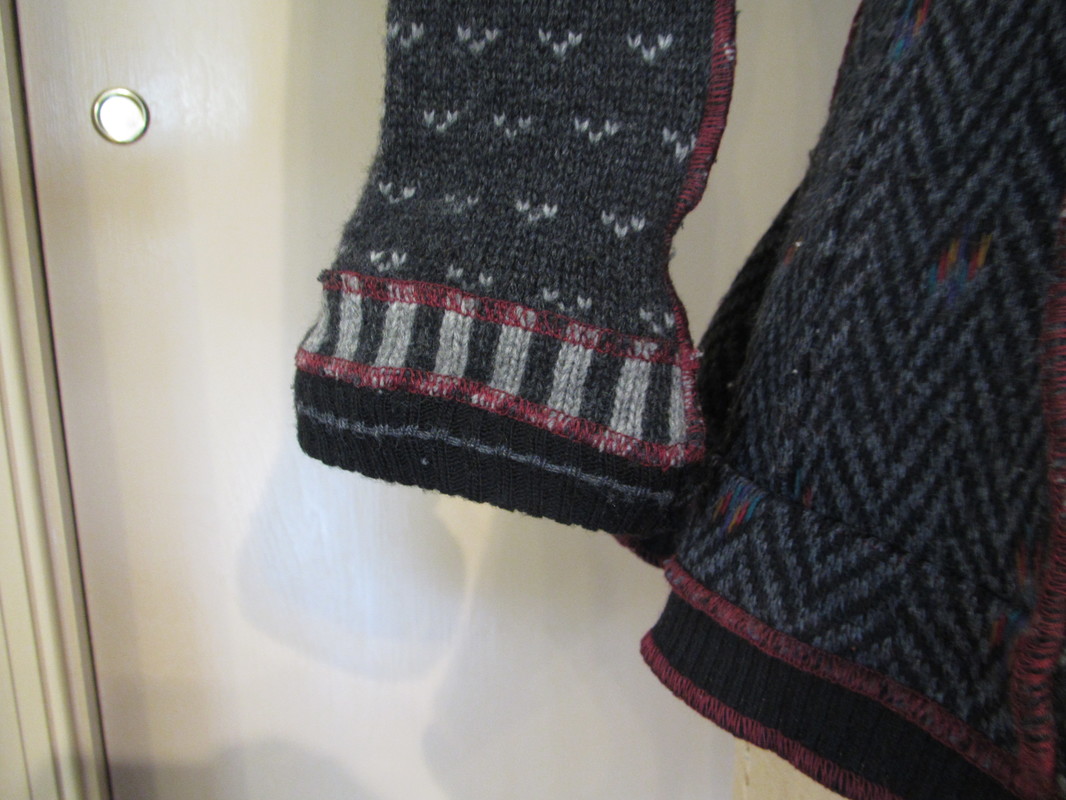
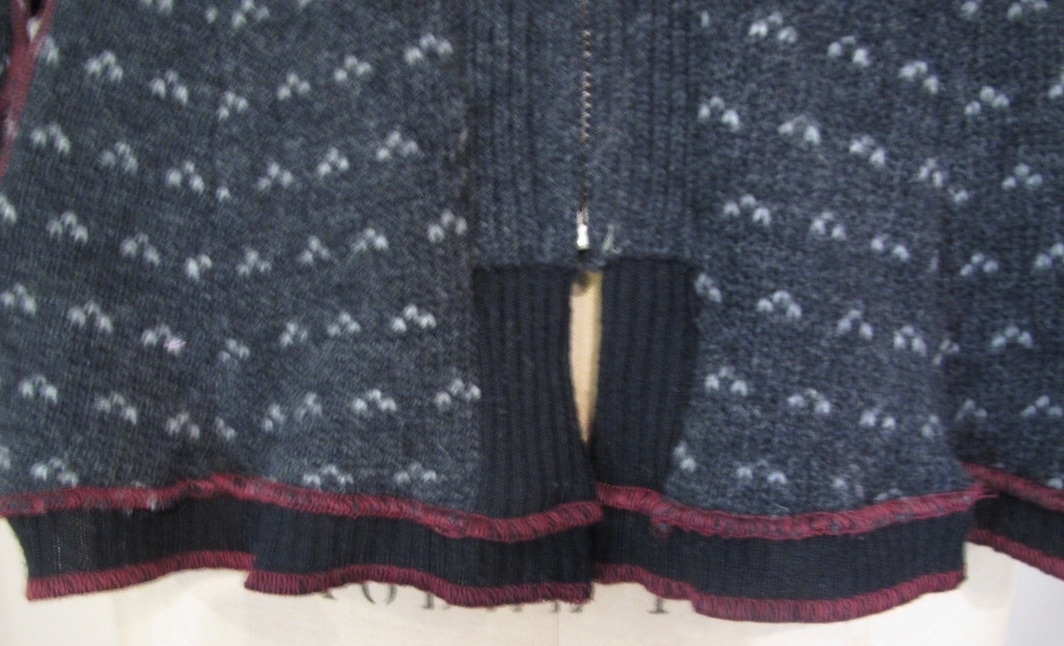
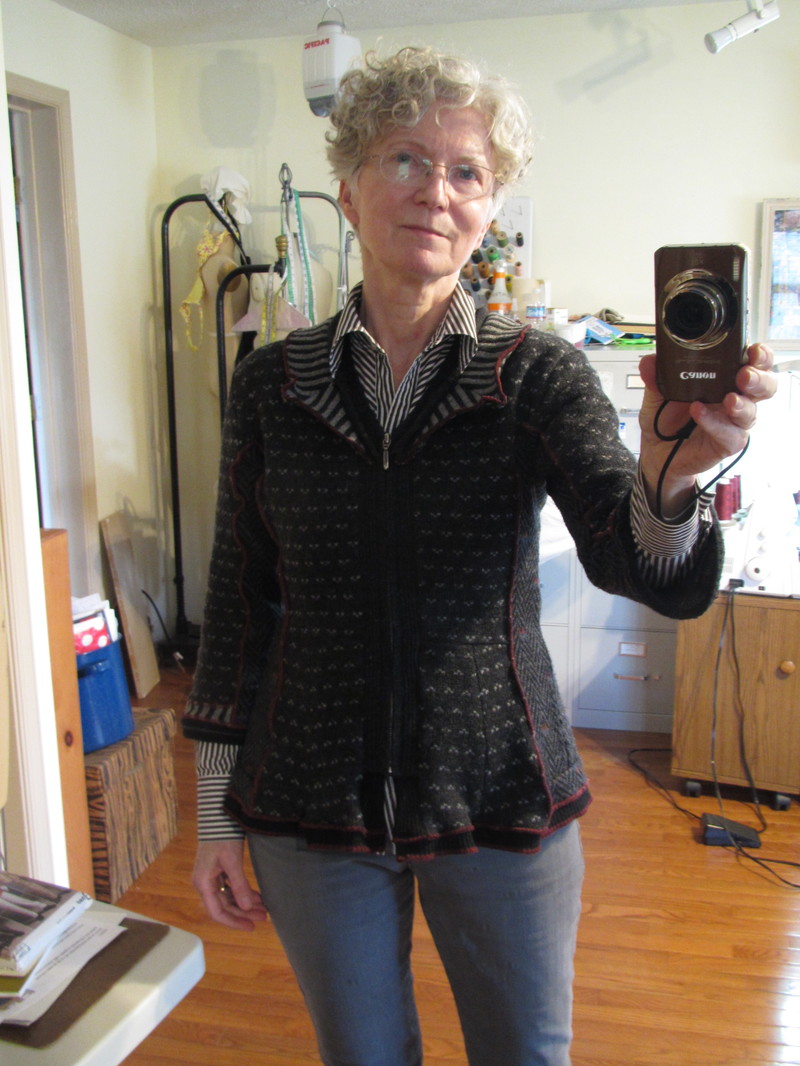
 RSS Feed
RSS Feed